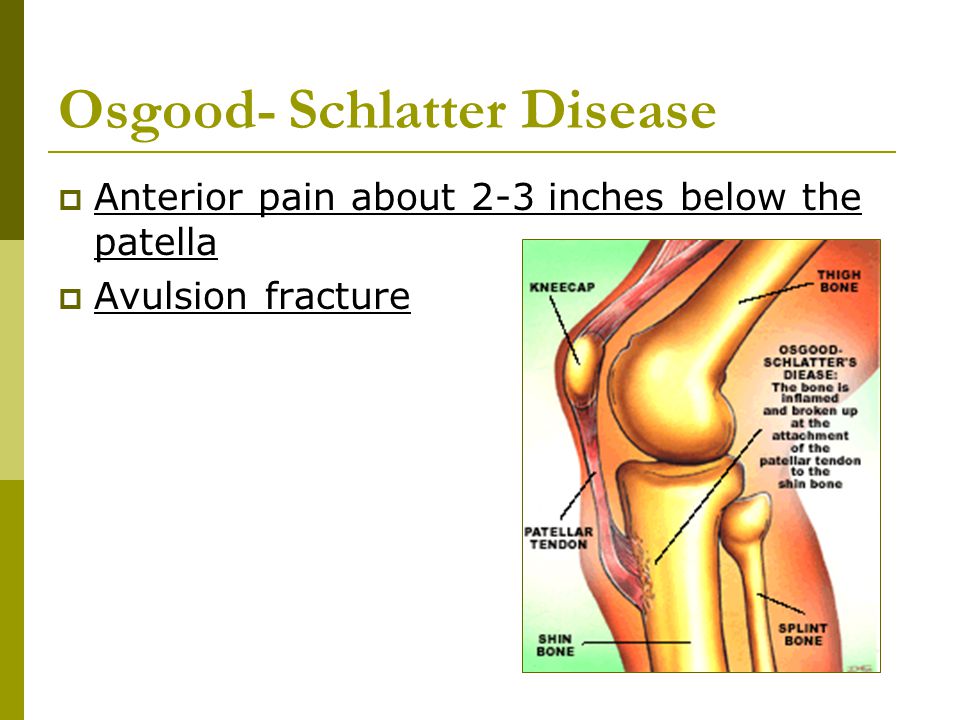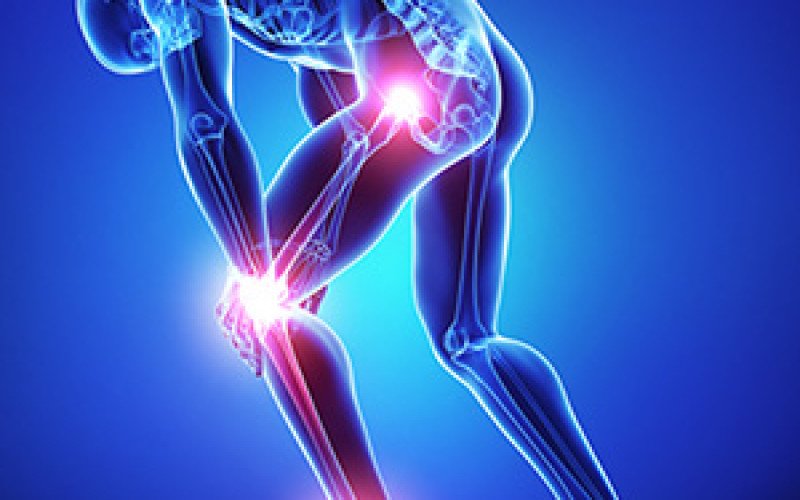Types of Knee Diseases: Comprehensive Guide to Knee Pain Symptoms and Causes
What are the common types of knee diseases. How are knee problems diagnosed. What treatments are available for knee pain. What is the anatomy of the knee joint. How does osteoarthritis affect the knee. What are the risk factors for developing knee problems. How can knee pain impact daily activities.
Understanding the Anatomy of the Knee Joint
The knee is a complex and vulnerable joint that bears significant stress from everyday activities and high-impact exercises. To comprehend knee diseases and pain, it’s crucial to understand its anatomy.
The knee joint is formed by three main bones:
- Tibia (shin bone)
- Femur (thighbone)
- Patella (kneecap)
Each bone end is covered with cartilage, which acts as a shock absorber and protects the knee. The joint is held together by muscles, ligaments, and tendons. Two primary muscle groups are involved in knee function:
- Quadriceps muscles (front of thighs) – straighten the legs
- Hamstring muscles (back of thighs) – bend the leg at the knee
Tendons connect muscles to bones, while ligaments connect bone to bone. Some ligaments provide stability and protection, while others limit forward and backward movement of the tibia.

Common Types of Knee Diseases and Disorders
Knee pain is a prevalent complaint among adults, often associated with general wear and tear from daily activities. Athletes who engage in high-impact sports are particularly susceptible to knee problems. Here are some common knee disorders:
Osteoarthritis
Osteoarthritis, often referred to simply as arthritis, is one of the most common knee disorders. This degenerative condition can affect people of all ages, but the risk increases with age. Women are more prone to developing osteoarthritis than men of the same age, although the exact reason remains unclear.
Why does osteoarthritis occur? The knee joint bears significant weight and undergoes constant stress from walking, running, and turning. Over time, this frequent use and pressure can break down the protective cartilage within the joint, leading to osteoarthritis.
Ligament Injuries
Ligament injuries are common among athletes and can occur during sudden movements or impacts. The four main ligaments in the knee are:

- Anterior Cruciate Ligament (ACL)
- Posterior Cruciate Ligament (PCL)
- Medial Collateral Ligament (MCL)
- Lateral Collateral Ligament (LCL)
ACL tears are particularly common in sports that involve sudden stops and changes in direction, such as basketball, soccer, and football.
Meniscus Tears
The meniscus is a C-shaped piece of cartilage that acts as a cushion between the femur and tibia. Meniscus tears can occur due to twisting or rotating the knee, especially when putting full weight on it. These injuries are common in contact sports and activities that involve squatting.
Recognizing Symptoms of Knee Problems
Identifying knee pain symptoms early can lead to more effective treatment. Common symptoms of knee problems include:
- Pain, especially when bending or straightening the knee
- Swelling
- Stiffness
- Weakness or instability
- Popping or crunching noises
- Inability to fully straighten the knee
Is knee pain always a sign of a serious problem? Not necessarily. Minor aches and pains can often be managed with rest, ice, and over-the-counter pain relievers. However, persistent or severe pain should be evaluated by a healthcare professional.

Diagnostic Procedures for Knee Problems
Accurate diagnosis is crucial for effective treatment of knee problems. Healthcare providers use various methods to diagnose knee issues:
Physical Examination
A thorough physical exam is often the first step in diagnosing knee problems. The doctor will check for swelling, pain, tenderness, and range of motion in the affected knee.
Imaging Tests
Several imaging tests can provide detailed information about the knee’s internal structures:
- X-rays: Uses electromagnetic energy beams to create images of bones and joints
- Magnetic Resonance Imaging (MRI): Provides detailed images of soft tissues, including ligaments and muscles
- Computed Tomography (CT) scan: Offers detailed cross-sectional images of the knee
Arthroscopy
Arthroscopy is a minimally invasive procedure that allows doctors to view the inside of the knee joint. A small, lighted tube (arthroscope) is inserted through a small incision, projecting images onto a screen.
Radionuclide Bone Scan
This nuclear imaging technique involves injecting a small amount of radioactive material into the bloodstream. It can reveal areas of increased bone activity, which may indicate inflammation or injury.

Treatment Options for Knee Disorders
Treatment for knee problems varies depending on the specific condition and its severity. Options may include:
Conservative Treatments
- Rest, Ice, Compression, and Elevation (RICE)
- Physical therapy
- Medications (anti-inflammatory drugs, pain relievers)
- Bracing or supportive devices
Interventional Treatments
- Corticosteroid injections
- Viscosupplementation (injections of hyaluronic acid)
- Platelet-Rich Plasma (PRP) therapy
Surgical Interventions
When conservative treatments fail to provide relief, surgical options may be considered:
- Arthroscopic surgery
- Partial knee replacement
- Total knee replacement (also known as knee arthroplasty)
How effective is knee replacement surgery? Total knee replacement can be highly effective in reducing pain and improving function for patients with severe knee arthritis or other degenerative conditions. However, it’s typically considered a last resort after other treatments have been exhausted.
Risk Factors for Developing Knee Problems
Understanding the risk factors for knee problems can help individuals take preventive measures. Common risk factors include:

- Age: The risk of developing osteoarthritis and other knee problems increases with age
- Obesity: Excess weight puts additional stress on knee joints
- Previous injury: A history of knee injuries increases the risk of future problems
- Occupational factors: Jobs that involve repetitive stress on the knees can increase risk
- Sports participation: High-impact sports and activities can lead to acute injuries and chronic stress
- Genetic factors: Some people may be genetically predisposed to knee problems
Can knee problems be prevented? While not all knee problems can be prevented, maintaining a healthy weight, staying physically active, and using proper techniques during sports and exercise can help reduce the risk of knee injuries and degenerative conditions.
Impact of Knee Pain on Daily Life and Activities
Knee pain can significantly affect an individual’s quality of life and ability to perform daily activities. Some common impacts include:
- Difficulty walking, climbing stairs, or standing for extended periods
- Limitations in participating in sports or exercise
- Challenges with work-related tasks, especially in physically demanding jobs
- Sleep disturbances due to pain
- Emotional effects, such as frustration or depression
How can individuals manage the impact of knee pain on daily life? Strategies may include:
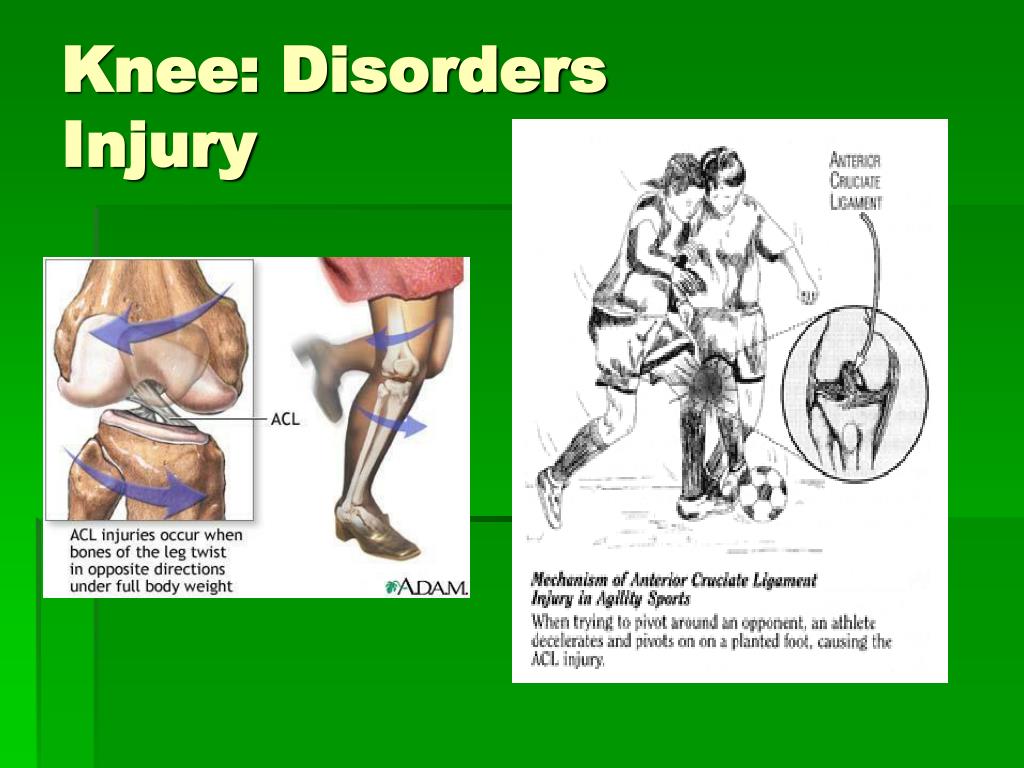
- Using assistive devices like canes or knee braces
- Modifying activities to reduce stress on the knees
- Engaging in low-impact exercises to maintain strength and flexibility
- Working with physical therapists to develop personalized exercise and management plans
- Exploring pain management techniques, including medication and alternative therapies
By understanding knee anatomy, recognizing symptoms, and seeking appropriate treatment, individuals can better manage knee problems and maintain an active, healthy lifestyle. Regular exercise, maintaining a healthy weight, and proper care of the knees can go a long way in preventing and managing knee disorders.
Knee Pain and Problems | Johns Hopkins Medicine
Knee pain is a common complaint among adults and most often associated with general wear and tear from daily activities like walking, bending, standing and lifting. Athletes who run or play sports that involve jumping or quick pivoting are also more likely to experience knee pain and problems. But whether an individual’s knee pain is caused by aging or injury, it can be a nuisance and even debilitating in some circumstances.
Brief anatomy of the knee
The knee is a vulnerable joint that bears a great deal of stress from everyday activities, such as lifting and kneeling, and from high-impact activities, such as jogging and aerobics.
The knee is formed by the following parts:
Tibia. This is the shin bone or larger bone of the lower leg.
Femur. This is the thighbone or upper leg bone.
Patella.
 This is the kneecap.
This is the kneecap.
Each bone end is covered with a layer of cartilage that absorbs shock and protects the knee. Basically, the knee is 2 long leg bones held together by muscles, ligaments, and tendons.
There are 2 groups of muscles involved in the knee, including the quadriceps muscles (located on the front of the thighs), which straighten the legs, and the hamstring muscles (located on the back of the thighs), which bend the leg at the knee.
Tendons are tough cords of tissue that connect muscles to bones. Ligaments are elastic bands of tissue that connect bone to bone. Some ligaments on the knee provide stability and protection of the joints, while other ligaments limit forward and backward movement of the tibia (shin bone).
How are knee problems diagnosed?
In addition to a complete medical history and physical exam, other tests for knee problems may include:
X-ray. This test uses invisible electromagnetic energy beams to make images of internal tissues, bones, and organs onto film.

Magnetic resonance imaging (MRI). This test uses large magnets, radiofrequencies, and a computer to make detailed images of organs and structures within the body; can often determine damage or disease in a surrounding ligament or muscle.
Computed tomography scan (also called a CT or CAT scan). This test uses X-rays and computer technology to make horizontal, or axial, images (often called slices) of the body. A CT scan shows detailed images of any part of the body, including the bones, muscles, fat, and organs. CT scans are more detailed than general X-rays.
Arthroscopy. A minimally-invasive diagnostic and treatment procedure used for conditions of a joint. This procedure uses a small, lighted, optic tube (arthroscope), which is inserted into the joint through a small incision in the joint. Images of the inside of the joint are projected onto a screen; used to evaluate any degenerative or arthritic changes in the joint; to detect bone diseases and tumors; to determine the cause of bone pain and inflammation.

Radionuclide bone scan. A nuclear imaging technique that uses a very small amount of radioactive material, which is injected into the patient’s bloodstream to be detected by a scanner. This test shows blood flow to the bone and cell activity within the bone.
Treatment for knee problems
If initial treatment methods do not provide relief, and X-rays show destruction of the joint, the orthopaedist may recommend total joint replacement for the knee, also referred to as knee replacement.
Interventional Spine & Pain Specialists
Composed of bone, ligament, cartilage, and even fluid, the knee joint is one of the most complicated joints in the human body. It is also the largest joint, and it is known as a compound joint – meaning that the tibia and femur are connected in one section, and the femur and patella in the other.
Common Knee Disorders
There are a lot of things that can go wrong with the knee – and unfortunately, a lot of things do. Let’s have a look at some of the most common reasons why patients see a doctor for a knee problem.
Let’s have a look at some of the most common reasons why patients see a doctor for a knee problem.
Osteoarthritis
Osteoarthritis (which is often called simply “arthritis”) is one of the most common disorders affecting the knee joint. Also known as degenerative arthritis, this condition can affect people of all ages, young and old – though the risk is heightened with age.
Women tend to develop the condition more often than men of the same age, although the reason is unclear. Hereditary is also a factor, as people who have knee arthritis in their family history are more likely to develop it.
The knee bears a significant amount of weight, and wear-and-tear on the joint occurs as we walk, run, and turn. The most common reason why people develop osteoarthritis is that frequent use and pressure eventually breaks down the protective cartilage within the joint.
When the natural cartilage cushioning wears away, the result is bone-on-bone rubbing and scraping every time you move your knee. Symptoms include pain, stiffness, swelling, and overall discomfort in the knee joint. Over time, bone spurs can also develop, which can cause further pain.
Symptoms include pain, stiffness, swelling, and overall discomfort in the knee joint. Over time, bone spurs can also develop, which can cause further pain.
Patella Fracture
More commonly known as the kneecap, the patella is the bone that is situated at the front of the knee. It is a small bone that protects the knee joint, and it is where the femur and tibia (thighbone and shinbone) meet.
A fall or traumatic injury that causes a direct hit to the patella can result in fracture. Depending on the amount of force, it might even result in a shattered kneecap.
An orthopedic specialist will determine the proper treatment following diagnosis of the fracture.
Dislocation
Because the knee joint is responsible for sudden stops, turns, and pivots of the leg, dislocation of the knee is a common disorder. A dislocated knee occurs when the bones within the knee are displaced. In other words, the bones slip out of the joint and out of their proper alignment.
This can be a result of abnormal knee structure, but it can also occur as a result of a serious trauma – sometimes related to a sports injury or a car accident. If the patella moves beyond the pocket in which it is situated, it will cause pain and discomfort.
If your knee has a habit of buckling or “catching,” it may be susceptible to dislocation. See an orthopedist for advice on how to avoid what could otherwise be inevitable.
Sports Physicals Help Prevent Knee Injuries
According to the National Institutes of Health (NIH), the ankle is the most commonly injured site on the human body, but the knee is the second most commonly injured. The knee joint is also the leading cause of sports-related surgeries.
This underscores the importance of sports physicals prior to engaging in intense physical activities. Athletes should see an orthopedist prior to their sports season in order to ensure that there are no abnormalities or pre-existing conditions. If so, these issues may not only hinder performance, but also endanger the athlete.
Orthopedic Surgeons in Texas
If you have a knee injury or arthritis, see an orthopedist right away before the pain gets worse. Your sports medicine specialists and musculoskeletal physicians in the Plano and Addison areas are ready to see you right here at Tarpon Orthopedics.
For more information or to schedule a consultation, call us today at (972) 596-1059 or fill out our online appointment request form. We look forward to helping you get back in the game again.
Knee Conditions | Cedars-Sinai
About knee conditions
Knee pain is a common complaint for which there can be many causes. It is important to make an accurate diagnosis of the cause of your symptoms so that appropriate treatment can be directed at the cause. Your knee joint is made up of bone, cartilage, ligaments and fluid. Muscles and tendons help the knee joint move properly. When any of these structures is injured or diseased, then knee problems will result causing pain and difficulty walking.
Cedars-Sinai Orthopaedics specializes in the treatment of many orthopedic conditions including treatments for many knee pain conditions and injuries.
Ligament injuries: Ligament injuries commonly occur during athletic activities and can cause discomfort and instability. There are several types of injuries that can occur to ligaments including:
Cartilage injuries or tears: These injuries are seen in both young and older populations and can be a common cause of knee pain.
Kneecap dislocation and pain: Pain specifically located in the kneecap can cause acute symptoms at the time of injury but can also lead to chronic knee pain.
Adolescent injuries: Young adults can suffer from genetic malformations that cause knee pain but are also at an increased risk for knee trauma due to athletic injuries.
- Osgood-Schlatter disease
- Osteochondritis dissecans
Treatment options for knee conditions
Treatment of knee problems depends on the cause but all knee pain should be discussed with an orthopaedic specialist to insure that additional interventions are appropriately prescribed.![]() For some conditions, your doctor may recommend a routine of rest, stretches, and/or drug therapy until the minor injury can heal however, other treatment options are available at Cedars-Sinai Orthopaedics.
For some conditions, your doctor may recommend a routine of rest, stretches, and/or drug therapy until the minor injury can heal however, other treatment options are available at Cedars-Sinai Orthopaedics.
© 2000-2021 The StayWell Company, LLC. All rights reserved. This information is not intended as a substitute for professional medical care. Always follow your healthcare professional’s instructions.
Types of Knee Problems| Sports Medicine
Even if knee pain is slowing you down, you may avoid treatment out of fear you’ll be told to quit your favorite sport or that you need surgery. At Baptist Health, we understand your concerns and do everything in our power to keep you living life on your terms. In fact, many of our patients successfully return to the field without surgery.
Our sports medicine team includes three sports medicine primary care physicians. These physicians are specialists with special training in using non-surgical techniques to treat a wide range of injuries. Our expertise helps us detect subtle and less obvious causes of knee pain, so you can get the best available care.
Our expertise helps us detect subtle and less obvious causes of knee pain, so you can get the best available care.
Personalized Sports Injury Care for Knee Problems
We offer personalized care for knee problems, including a comprehensive evaluation and the complete range of treatments. We take time to get to know you, which helps us develop a personalized return-to-sport plan. We want to know what activities you are eager to get back to and then work with you to make that happen.
Highlights of our expert care for knee problems include:
- Innovative treatments: We offer all the latest treatments, including platelet-rich plasma therapy. This non-surgical treatment has helped our patients – from professional athletes to weekend warriors – return to the field faster and without surgery. Learn more about platelet-rich plasma therapy.
- Help for chronic injuries: Our goal is to help athletes return to their favorite sports without pain or discomfort.
 Even if you have seen several doctors or tried multiple treatments without success, we can help you.
Even if you have seen several doctors or tried multiple treatments without success, we can help you. - An understanding of athletes’ unique needs: Injuries are worrisome and frustrating to athletes. We use a compassionate approach and really listen to what you have to say, which helps us accurately diagnose you. We also make every effort to help you remain active as you heal and smoothly transition back to your sport when the time is right.
- Expert surgical care: When surgery is necessary, our team includes orthopedic surgeons who specialize in repairing knee problems. From pre-surgical testing to physical therapy after you recover, you can expect a seamless experience. Find out more about our orthopedic services.
What Causes Knee Problems?
Your knee serves as a hinge that helps you bend, turn and absorb the shock of your feet pounding against the ground. Simple actions we take for granted, such as walking up a flight of stairs, actually put a lot of stress on the knee.
Sports that involve jumping, sudden movements and repetitive movements put even more stress on the knee. Problems can occur when this extra stress becomes too much for your knee to bear.
Knee problems can affect one or more parts of the knee. These parts include:
- Tibia, which is the shin bone in your lower leg
- Femur, which is the thighbone or upper leg bone
- Patella or kneecap
- Layers of cartilage at the end of each bone that absorb shock and protect the knee joint
- Quadriceps, which are muscles in the front of the thighs that help you straighten your legs
- Hamstrings are muscles in the back of your thighs that help you bend your leg at the knee
- Tendons, which are tough cords of tissue that connect muscles to bones
- Ligaments, which are elastic bands of tissue that connect bone to bone
Symptoms of Knee Problems
The most common symptom of a knee problem is pain. You may feel pain:
You may feel pain:
- Behind your kneecap
- Below your kneecap
- On the sides of your kneecap
- In the back of your knee
- Only with activity
- While carrying out certain movements, such as going up or down stairs
- All the time
Other symptoms of knee problems include:
- A grating or grinding sensation with certain movements
- Swelling and inflammation
- Stiffness
- Crunching or popping noises
- Not being able to fully straighten your leg
- Feeling as if your knee might give out (instability)
Common Knee Problems
Many knee problems are the result of the natural wear and tear that comes with age and continuous stress on the knee joint. Other problems are the result of an injury or sudden movement that strains the knee.
Common knee problems include:
- Jumper’s knee (patellar tendonitis)
- General knee pain
- Discomfort in the area near your knee bone and top part of your leg (patellofemoral stress syndrome or runner’s knee)
- Torn cartilage (meniscus tear)
- Ligament injuries to the knee including anterior cruciate ligament or (ACL) injuries
- Sprains and strains
- Tendonitis
Diagnosing Knee Problems
Our sports medicine physicians and physical therapists are able to accurately diagnose your symptoms with the help of a comprehensive evaluation. We perform special tests to get to the root cause of your discomfort.
We perform special tests to get to the root cause of your discomfort.
We start by gathering a complete medical history and physical exam:
- Medical history: We take a complete medical history to find out more about your general health and whether you have had any previous knee problems.
- Physical exam: We examine your knee by applying gentle pressure to check for swelling and tenderness. We ask questions about the type of pain you are experiencing and what actions or activities make it worse.
We may also perform diagnostic tests, including:
- Ultrasound: This test uses sound waves to produce images of the ligaments and tendons in your knee. We have in-office ultrasound capabilities, making it easy for you to get this imaging test and an evaluation during the same appointment. Learn more about ultrasounds.
- X-ray test: This quick test helps us examine your bones using safe levels of high-energy radiation (X-rays).
 Learn more about X-rays.
Learn more about X-rays. - Computed tomography (CT) scan: This imaging test is similar to an X-ray, but instead of taking one picture, the scanner travels around your body taking pictures from every angle. We use special technology to fuse the images together for detailed views of the soft tissue supporting your knee. Learn more about getting a CT scan.
- Magnetic resonance imaging (MRI): We use large magnets and a computer to capture detailed images of the soft tissue structures in your knees. At Baptist Health Louisville, we offer open MRI, giving you a spacious, more pleasant testing environment. Learn more about MRI at Baptist Health.
- Arthroscopy: During this minimally invasive procedure, we use sophisticated tools along with a small camera to examine your knee through a small incision. Minimally invasive procedures use the smallest necessary incisions to examine tissue damage. This approach helps you heal faster and avoid complications.

- Gait analysis: We examine the natural pattern of your feet, knees and hips while running on a treadmill at a comfortable pace. Learn more about gait analysis.
Find out more about our evaluation process.
Treatments for Knee Problems
We offer the treatments and expertise you need to overcome knee problems. Your personalized treatment plan may start with common treatments that you can do at home. As the swelling goes down, we will help you strengthen the area surrounding your knee, so you can make a safe transition back to the activities you love.
Common treatments for knee problems
Simple treatments can help relieve discomfort and protect your knee as it heals. These treatments include:
- Medications: If you are in a lot of pain, anti-inflammatory medications may help you feel better.
- Physical therapy: We develop a personalized plan to help you build strength and increase flexibility in the muscles and ligaments supporting your knee.
 Find out more about physical therapy.
Find out more about physical therapy. - Rest: Taking a short break from your sport can help swelling and inflammation go down, which can relieve discomfort.
- Knee brace: This device wraps around your knee to support and protect the joint while it heals.
- Steroid injections: We may use steroids (also known as cortisone) to reduce swelling and break up scar tissue.
- Gel injections (viscosupplementation): We inject a gel-like substance (hyaluronic acid) into the knee joint to soothe pain from damaged cartilage.
- Platelet-rich plasma therapy: This new treatment uses your body’s own cells to jumpstart the healing process. Before treatment, we extract a sample of blood and separate out components known as platelets. Platelets are part of the body’s natural healing process. We then inject the platelets into the injured area in a concentrated form. Learn more about platelet-rich plasma therapy.

Advanced treatments for knee problems
Additional treatments can help you safely transition back to sports and everyday activities. We will explain which treatments are best for you, why and how they work.
Advanced treatments for knee problems include:
- Dry needling: We gently insert thin needles into the skin to help release tight bands of muscle and soft tissue. These areas are called trigger points and cause pain over a large area. The needles help stimulate the trigger point so the area relaxes. Read more about dry needling.
- Soft tissue massage: Some knee problems stem from the muscles and tissue that surround the knee and not the knee joint itself. Massaging areas of tightness can help increase blood flow and promote healing. Find out more about soft tissue massage.
- Osteopathic manipulation: We use osteopathic manipulation to relieve tightness while restoring flexibility and range of motion.
 This therapy works by safely and carefully moving injured muscles, bones and joints with the help of stretches and gentle pressure. Learn more about osteopathic manipulation.
This therapy works by safely and carefully moving injured muscles, bones and joints with the help of stretches and gentle pressure. Learn more about osteopathic manipulation. - Platelet-rich plasma therapy: This new treatment uses your body’s own cells to jumpstart the healing process. Platelet-rich plasma therapy works by extracting components of your blood known as platelets, which are part of the body’s natural healing process. These special cells contain proteins that help repair damaged tissue. We then inject the platelets into the injured area in a concentrated form. Learn more about platelet-rich plasma therapy.
- Surgery: We take every possible step to help you avoid surgery. However, sometimes surgery is the best option. Surgical treatments may include repairing damaged tendons or removing torn ligaments. Our surgeons work alongside physical therapists and other experts to help you get back to the sport you love.
Contact Us
For more information or to schedule an appointment, contact us or call 502. 253.6699.
253.6699.
New patients are always welcome at Baptist Health. Read helpful information for new sports medicine patients and referring physicians.
Causes, Symptoms, Treatment & Prevention
Overview
Anatomy of the front of a normal knee.
Why would a teenager have knee pain?
Knee pain isn’t a condition that only happens to older people. Despite being young, your teenager can develop knee pain too.
Knee pain in teens is a common result of overuse, but also results from specific knee injuries (from a blow to the knee, falls, or abnormal twisting or bending) and medical conditions that affect the knee. Knee pain can also be temporary and not related to an injury, but rather a change in your teen’s level of activity or sport.
Because of the many different reasons for knee pain, if your teen complains of pain, it’s wise to get it checked. Never think that knee pain in your teen is simply growing pains. This is not a typical cause of knee pain in a teenager.
Symptoms and Causes
Anatomy of the back of a normal knee.
What are the causes of knee pain in teenagers?
Common knee pain problems in your teenager can be generally divided into three types:
- Anterior knee pain, also called patellofemoral pain.
- Injures to ligaments and tendons of the knee or to the kneecap itself.
- Medical conditions that affect the knee.
Anterior knee pain happens when your teen’s kneecap is pulled out of its groove from increased pressure. Increased pressure on the knee joint is caused by:
- Abnormal hip rotation due to imbalances in muscle strength and flexibility around the hips.
- Improper training methods or equipment.
- Poor flexibility of the thigh muscles, which support the knee joint. Thigh muscle weakness or tightness.
- Overuse of the knee from repetitive bending of the knee during running, jumping, and other activities.
- Problems with alignment, for example, the kneecap not being properly aligned within the knee or having flat feet, which changes the normal gait.

Knee pain resulting from sprains, strains and tears to ligaments and tendons or injuries to other soft tissues. These conditions include:
- Meniscal tears: Cartilage between the upper leg bone (femur) and lower leg bone (tibia) tears.
- Ligament injuries: These are injuries to the anterior cruciate ligament (ACL), posterior cruciate ligament, lateral collateral ligament and medial collateral ligament.
- Tendonitis: Tendons become inflamed or irritated due to an injury. Tendons of the knee include the quadriceps tendon (connects the front thigh muscles to the kneecap) and the patellar tendon (connects the kneecap to the tibia).
- Bursitis: Swelling of one of the fluid sacs in the knee, which cushion the knee.
- Dislocated kneecap. This is the out-of-place positioning of the kneecap.
Medical conditions that can affect your teen’s knee include:
- Osgood-Schlatter disease: This painful condition happens about an inch below the kneecap, where the patella tendon attaches to the bony raised area on the tibia (shin bone).
 This condition is more common in males and thought to be due to overuse of the muscles of the thigh.
This condition is more common in males and thought to be due to overuse of the muscles of the thigh. - Sindling-Larsen Johansson syndrome: This is an injury to the growth plate at the bottom of the kneecap. The injury is caused by repeated contractions of the thigh muscle (such as running or jumping) during a period of growth.
- Juvenile arthritis: This is rheumatoid arthritis, which causes pain, swelling, stiffness and loss of movement in joints, which may include the knee.
- Osteochondritis dissecans: This is a separation of part of the joint cartilage and the bone directly beneath it from the rest of the bone. As far as the knee, this condition can happen on the top part of the thigh bone (femur) called the medial femoral condyle.
What sports cause knee pain in teens?
Any sport or activity that involves running and jumping are usually the ones that can cause knee pain in your teen. Playing on multiple teams and in multiple sports are more likely to cause knee pain.
What conditions can affect both knees at the same time?
Conditions that can affect both of your teen’s knees at the same time include:
- Anterior knee pain (one knee may be more affected than the other).
- Osgood-Schlatters disease.
What are the symptoms of knee pain in teens?
Symptoms depend on what’s causing your teen’s knee pain.
Anterior knee pain:
- Pain begins gradually; worsens with activity.
- Dull, aching pain behind the kneecap, below the knee or on sides of the kneecap.
- Pain flares and grinding sensation with repeat knee bending (jumping, running etc).
- Thigh muscle (quadriceps, “quads”) weakness (late symptom).
- Knee buckles (gives way) (late symptom).
Trauma (hit) to knee:
- Popping, clicking, crackling in the knee when bending (walking, climbing sit-to-standing position).
- Knee that locks or buckles.
Osgood-Schlatter disease:
- Pain on the bony prominence.

- Pain that varies and gets worse during or just after the activity.
- Reduced range of movement.
- Gait (walking) problems.
- Weakness.
- Balance problems.
Sinding-Larsen-Johansson syndrome:
- Pain, tenderness and swelling at the bottom of the kneecap.
- Balance problems.
- Gait problems.
- Stiffness.
Juvenile arthritis:
- Trouble putting weight on the affected leg; limps first thing in the morning.
- Redness, swelling, warmth, stiffness and soreness in joints, including the knee.
- Symptoms come and go.
Osteochondritis dissecans:
- Dull ache, stiffness and swelling at the knee.
- Joint clicking.
- Gait problems.
- Weakness.
- Balance problems.
Diagnosis and Tests
How is knee pain in teens diagnosed?
Your healthcare provider will ask about your teen’s knee pain:
- Is there a known cause for the knee pain (for example, got hit in the knee) does it happen with certain movements (for example, hurts when running, jumping or bending the knee) or is there no specific known event?
- How long has the pain been present?
- Where on or around your knee do you feel pain?
- Does the pain wake you up at night?
Your provider will perform a physical exam, checking:
- Kneecap and knee stability.

- Alignment of lower leg, kneecap and thigh.
- Range of motion of hips and knees.
- Thigh muscle strength, flexibility, firmness.
Your provider may order imaging tests including X-rays (to examine bones) or a CT scan or MRI (to look at soft tissues, such as tendons, ligaments).
Management and Treatment
How is knee pain in teens treated?
Treatments depend on the cause of your teen’s pain.
Pain from overuse and general knee pain management tips include:
- Apply ice to the knee. Ice, wrapped in a towel, relieves inflammation and swelling. Apply up to 20 minutes at a time.
- Take anti-inflammatories, such as ibuprofen (Advil®, Motrin®), naproxen (Aleve®) or aspirin, to reduce pain and swelling.
- Rest. Rest allows tissue to heal. Your teen should take some time off from the activity that caused the pain.
- Use compression (elastic bandages) around your knee if prescribed by your healthcare provider or physical therapist.

- Elevate the knee to reduce swelling. Keep the injured knee elevated above the level of the heart anytime your teen is sitting or icing their knee.
- Follow through with the physical therapy plan. Physical therapy can help relieve pain, reduce swelling, increase strength and flexibility, improve range of motion, increase speed and endurance and improve coordination and balance. Physical therapists teach strengthening and stretching exercises and can suggest braces, insoles or other orthotics as appropriate.
- Lose weight if overweight. Extra weight puts strain on the knee joint.
Osgood-Schlatter disease:
- Take anti-inflammatories to reduce pain.
- Apply ice to reduce pain and swelling.
- Commit to an exercise program.
- Relieve pain and discomfort through electrotherapy (uses electrical current) and/or hydrotherapy (uses water).
Sindling-Larsen Johansson syndrome:
- Take anti-inflammatories to reduce pain.

- Apply ice to reduce pain and swelling.
- Commit to a stretching and strengthening program.
- Relieve pain and discomfort through electrotherapy (uses electrical current) and/or hydrotherapy (uses water).
- Manipulation and massage.
Juvenile arthritis:
- Adhere to the exercise program to strengthen muscles.
- Use splints, braces and/or orthotics as prescribed.
- Consider hydrotherapy.
- See a rheumatologist.
Osteochondritis dissecans:
- Cryotherapy (cold therapy).
- Electrotherapy and/or hydrotherapy.
- Exercise program.
- Soft tissue treatments, including myofascial release, trigger points, massage.
Ligament treatment:
- Retrain jumping technique through physical therapy.
- Strengthen hips and thighs to better protect knees.
- Surgery.
Simple nonsurgical remedies are all that is needed for managing most knee pain in teens.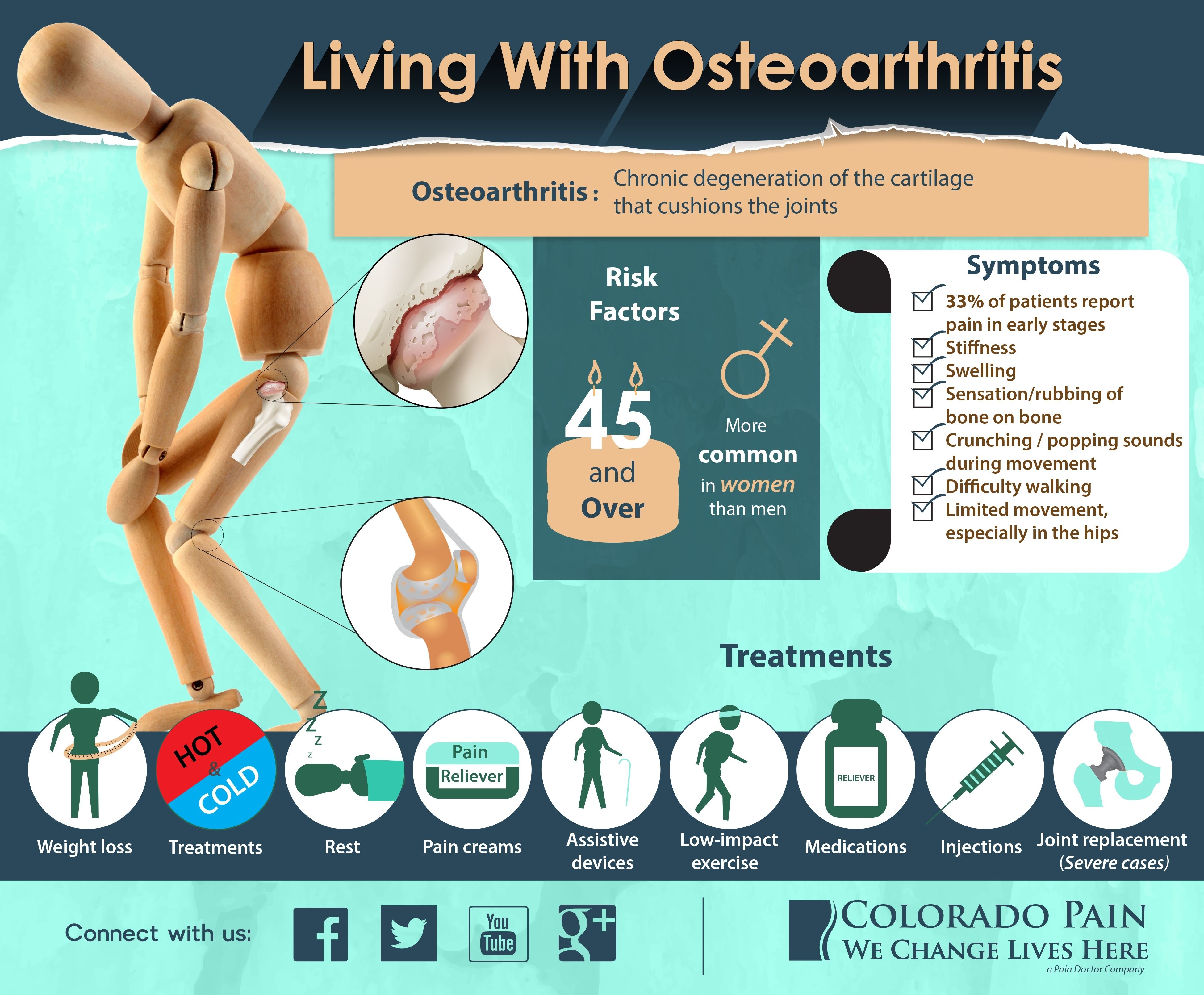 However, because there are so many potential causes of knee pain, some conditions many require surgery – especially those due to soft-tissue tears and trauma that break bones. You and your healthcare provider will discuss all treatment options and development a treatment plan that usually starts with nonsurgical methods, unless surgery is the only treatment method.
However, because there are so many potential causes of knee pain, some conditions many require surgery – especially those due to soft-tissue tears and trauma that break bones. You and your healthcare provider will discuss all treatment options and development a treatment plan that usually starts with nonsurgical methods, unless surgery is the only treatment method.
Prevention
Can knee pain in teens be prevented?
Most knee pain that is caused by injury or overuse (not those caused by medical condition) can be prevented with some attention and work by your teen, including:
- Make sure your teen wears proper shoes for the activity/sport and wears knee pads and leg guards (as appropriate to the activity). Replace worn out footwear and gear.
- Engage in muscle strength training exercises. Check with a trainer to make sure proper form and body alignment are being followed. Always do warm up and cool down exercises before and after workouts.
- Keep your muscles flexible by proper stretching exercises or yoga.

- Don’t engage in activities that cause or worsen knee pain.
Outlook / Prognosis
What’s the outlook for teenagers with pain in their knees?
Most knee pain in teenagers can be managed with simple treatments. However, many soft-tissue tears and bone breaks require surgery. Most teenagers recover without long-term problems if they follow the recover plan provided by their healthcare providers. Because there are many causes of knee pain, be sure to ask your healthcare provider for specific information on long-term prognosis for your teen’s knee condition.
Living With
When should I get my teen’s knee pain evaluated by a healthcare provider?
Make an appointment to see your healthcare provider if:
- Your teen’s pain has lasted longer than two weeks or anytime there’s an increase in pain level.
- Your teen’s knee is red, swollen or warm to the touch.
- Your teen can’t put weight on their leg; they limp.

- Your teen’s knee “locks’ and can’t move.
- Your teen’s kneecap feels like it slides out of place or the knee looks twisted.
- Your teen has knee pain during or after activity.
- There’s painful popping or clicking sound in your teen’s knee.
- Your teen’s knee doesn’t have strength or full range of motion.
- Your teen’s pain wakes them up at night.
When Knee Pain May Mean Arthritis
If you are experiencing pain, swelling and stiffness in the knees, you may have one of the following types of arthritis or related conditions.
Osteoarthritis
The most common form of arthritis, osteoarthritis (OA) is caused by the breakdown of cartilage that cushions the ends of the bones where they meet to form joints. Without the protective layer, the bones to rub together, causing stiffness, pain and loss of joint movement in the joint. The knee is one of the joints most commonly affected by OA. In knee OA, you may feel a grating sensation when using the joint or a popping or crackling noise.
Rheumatoid Arthritis
Rheumatoid arthritis (RA) is a chronic inflammatory disease that causes the immune system to mistakenly attacks the joints. The result can be joint damage, pain, swelling, inflammation and loss of function. RA commonly affects joints on both sides of the body. If one knee is affected, the other knee is likely affected as well.
Juvenile Arthritis
Juvenile arthritis is the term used to describe types of arthritis that affect children age 16 years old or younger. There are several types of juvenile arthritis that cause knee pain and swelling.
Gout
Gout is a form of arthritis that occurs when too much uric acid (UA) can build up in the bloodstream. The acid turns into needle-like crystals in tissues of the body, including the joints. The first symptom of gout is intense pain and swelling in the big toe, but attacks may also commonly affect the knees. Symptoms include a rapid onset of severe pain, which usually reaches its peak after 4 to 12 hours. Lingering pain from gout attacks can persist for weeks, and later attacks tend to last longer and affect more joints.
Lingering pain from gout attacks can persist for weeks, and later attacks tend to last longer and affect more joints.
Reactive Arthritis
Reactive arthritis is a chronic form of arthritis that often occurs following an infection of the genital, urinary or gastrointestinal system. Large joints are often affected, especially the shoulders, hips and knees.
Infectious Arthritis
Also called septic arthritis, this disease is caused by an infection within the joint. Infectious arthritis is often cause by bacteria that spread through the bloodstream to the joint. Sometimes it is caused by viruses or fungi. Knees are the most commonly affected joints in infectious arthritis.
Getting a Proper Diagnosis
Other common sources of knee pain include injuries such as tears, dislocations, sprains and or restrictive movement due to adhesions, or scar tissue.
Arthritis is difficult to self-diagnose. Talk with your primary care doctor as soon as possible about your symptoms.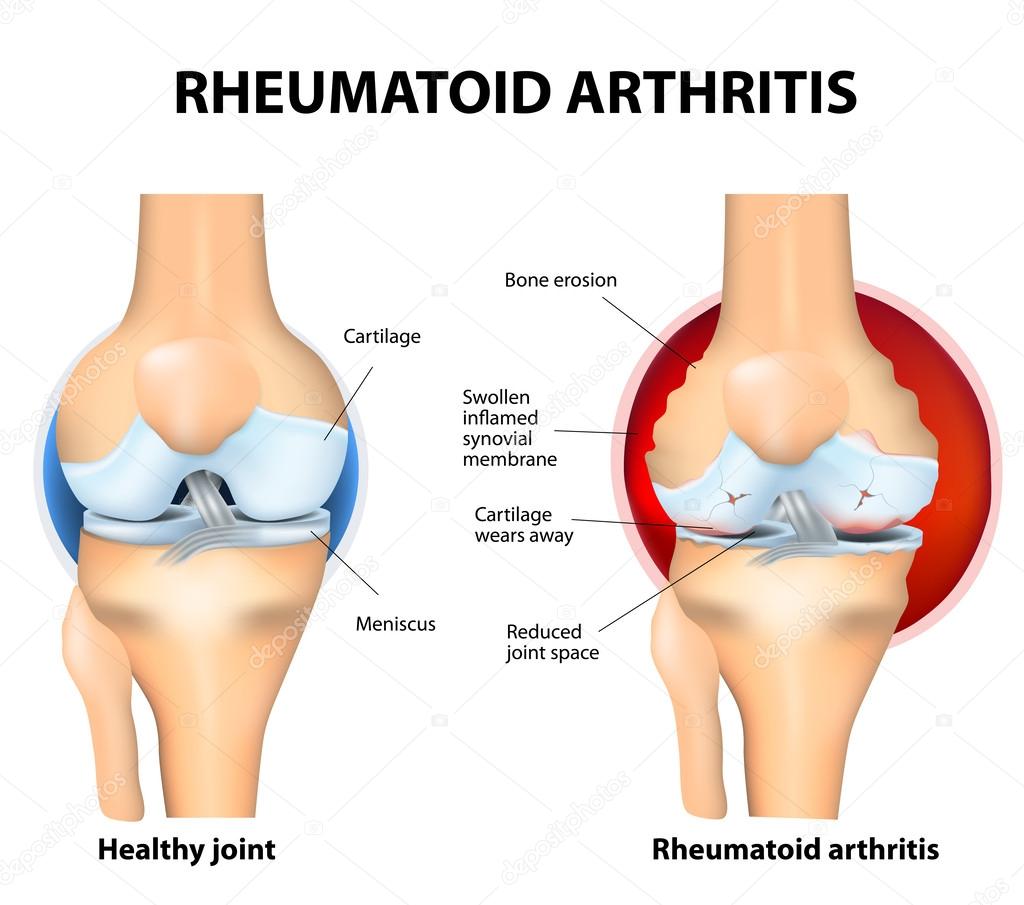 You may be referred to a rheumatologist or orthopedist to get an accurate diagnosis so you can get the medical care you need. Left undiagnosed and untreated, your condition may worsen and cause disability.
You may be referred to a rheumatologist or orthopedist to get an accurate diagnosis so you can get the medical care you need. Left undiagnosed and untreated, your condition may worsen and cause disability.
Knee Problems and Injuries | Michigan Medicine
Do you have a knee injury or other knee problem?
Yes
Knee problem or injury
How old are you?
Less than 5 years
Less than 5 years
5 years or older
5 years or older
Are you male or female?
Why do we ask this question?
- If you are transgender or nonbinary, choose the sex that matches the body parts (such as ovaries, testes, prostate, breasts, penis, or vagina) you now have in the area where you are having symptoms.
- If your symptoms aren’t related to those organs, you can choose the gender you identify with.
- If you have some organs of both sexes, you may need to go through this triage tool twice (once as “male” and once as “female”). This will make sure that the tool asks the right questions for you.

Have you had knee surgery in the past month?
If a cast, splint, or brace is causing the problem, follow the instructions you got about how to loosen it.
Yes
Knee surgery in the past month
No
Knee surgery in the past month
Have you had a major trauma in the past 2 to 3 hours?
Yes
Major trauma in past 2 to 3 hours
No
Major trauma in past 2 to 3 hours
Is the leg blue, very pale, or cold and different from the other leg?
If the leg is in a cast, splint, or brace, follow the instructions you got about how to loosen it.
Yes
Leg is blue, very pale, or cold and different from other leg
No
Leg is blue, very pale, or cold and different from other leg
Has the pain:
Gotten worse?
Pain is increasing
Stayed about the same (not better or worse)?
Pain is unchanged
Gotten better?
Pain is improving
Do you have any pain in your knee?
How bad is the pain on a scale of 0 to 10, if 0 is no pain and 10 is the worst pain you can imagine?
8 to 10: Severe pain
Severe pain
5 to 7: Moderate pain
Moderate pain
1 to 4: Mild pain
Mild pain
How long has the pain lasted?
Less than 2 full days (48 hours)
Pain less than 2 days
2 days to 2 weeks
Pain 2 days to 2 weeks
More than 2 weeks
Pain more than 2 weeks
Has the pain:
Gotten worse?
Pain is getting worse
Stayed about the same (not better or worse)?
Pain is unchanged
Gotten better?
Pain is getting better
Have you had a knee injury in the past month?
Yes
Knee injury in the past month
No
Knee injury in the past month
Are you having trouble moving your knee normally?
Yes
Difficulty moving knee
Can you move the knee at all?
No
Unable to move the knee
Have you had trouble moving your knee for more than 2 days?
Yes
Difficulty moving knee for more than 2 days
No
Difficulty moving knee for more than 2 days
Did the knee or kneecap get twisted out of shape or pop out of its normal position?
This is called dislocation.
Yes
Knee was out of normal position
No
Knee was out of normal position
Is the knee still out of place?
Yes
Knee is still out of position
No
Knee is still out of position
Is this the first time the knee has ever popped out of place?
Yes
First time that knee has been dislocated
No
First time that knee has been dislocated
Does the knee feel loose or unstable when you try to walk?
Yes
Knee feels loose or unstable
No
Knee feels loose or unstable
Is there any swelling or bruising?
Did you have swelling or bruising within 30 minutes of the injury?
Yes
Swelling or bruising within 30 minutes of injury
No
Swelling or bruising within 30 minutes of injury
Has swelling lasted for more than 2 days?
Yes
Swelling for more than 2 days
No
Swelling for more than 2 days
Do you have trouble moving your knee?
Yes
Difficulty moving knee
Is it very hard to move or somewhat hard to move?
“Very hard” means you can’t move it at all in any direction without causing severe pain.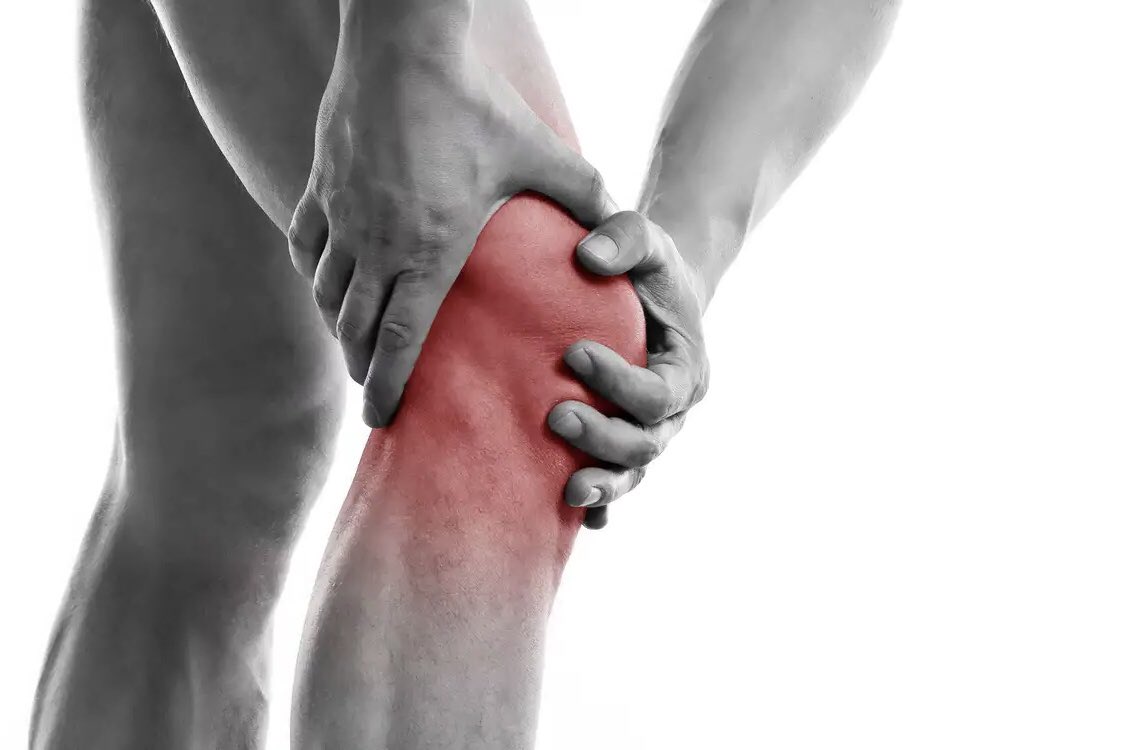 “Somewhat hard” means you can move it at least a little, though you may have some pain when you do it.
“Somewhat hard” means you can move it at least a little, though you may have some pain when you do it.
Very hard
Very hard to move
Somewhat hard
Somewhat hard to move
How long have you had trouble moving your knee?
Less than 2 days
Difficulty moving knee for less than 2 days
2 days to 2 weeks
Difficulty moving knee for 2 days to 2 weeks
More than 2 weeks
Difficulty moving knee for more than 2 weeks
Has the loss of movement been:
Getting worse?
Difficulty moving is getting worse
Staying about the same (not better or worse)?
Difficulty moving is unchanged
Getting better?
Difficulty moving is improving
Has the knee been swollen for more than 2 full days (48 hours)?
Yes
Knee swollen for more than 48 hours
No
Knee swollen for more than 48 hours
Do you think that the knee problem may have been caused by abuse?
Yes
Knee problem may have been caused by abuse
No
Knee problem may have been caused by abuse
Do you think the problem may be causing a fever?
Some bone and joint problems can cause a fever.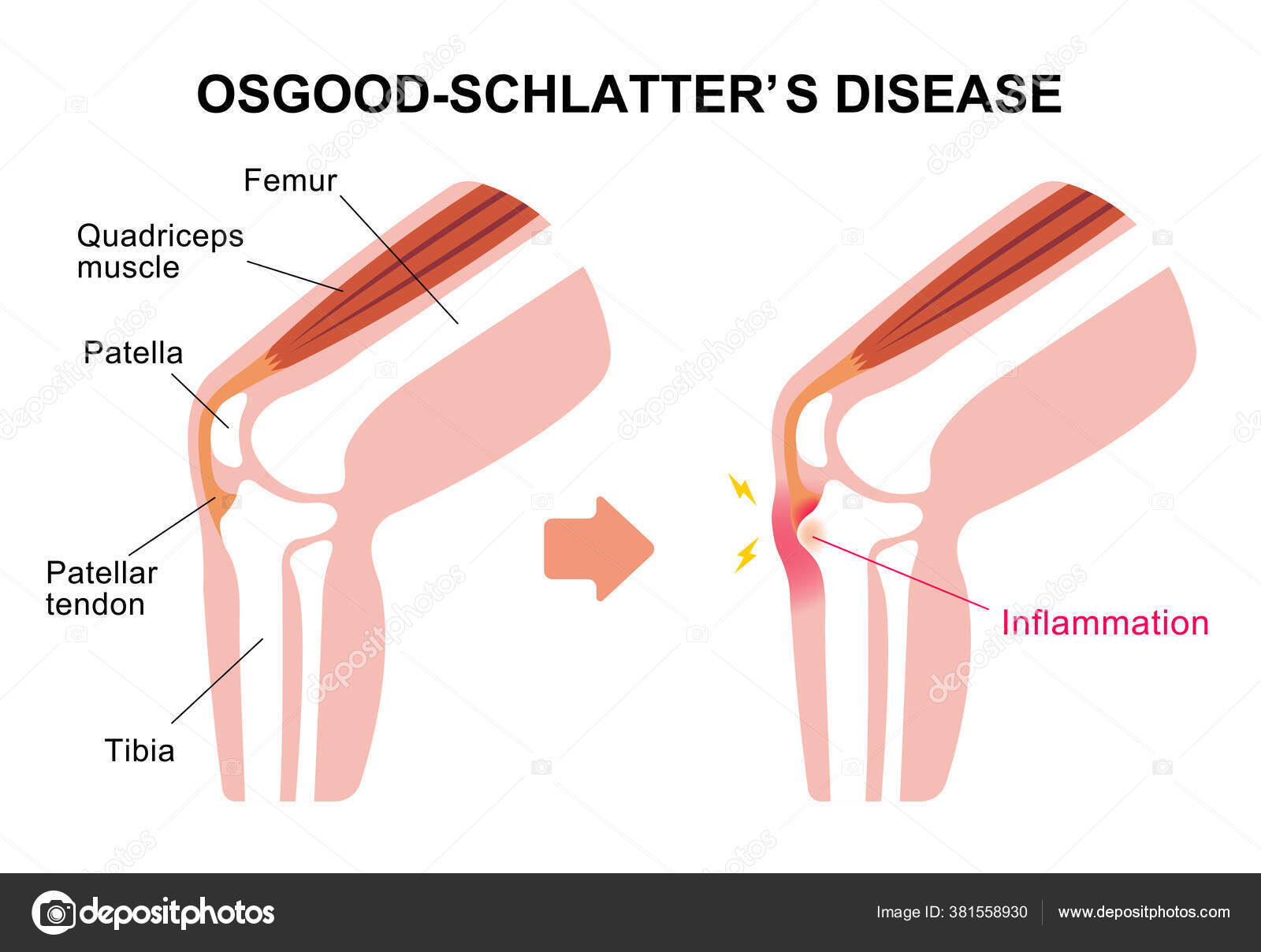
Are there red streaks leading away from the area or pus draining from it?
Do you have diabetes, a weakened immune system, peripheral arterial disease, or any surgical hardware in the area?
“Hardware” includes things like artificial joints, plates or screws, catheters, and medicine pumps.
Yes
Diabetes, immune problems, peripheral arterial disease, or surgical hardware in affected area
No
Diabetes, immune problems, peripheral arterial disease, or surgical hardware in affected area
How long have you had knee symptoms?
Less than 1 week
Symptoms for less than 1 week
1 to 2 weeks
Symptoms for 1 to 2 weeks
More than 2 weeks
Symptoms for more than 2 weeks
Many things can affect how your body responds to a symptom and what kind of care you may need. These include:
- Your age. Babies and older adults tend to get sicker quicker.
- Your overall health. If you have a condition such as diabetes, HIV, cancer, or heart disease, you may need to pay closer attention to certain symptoms and seek care sooner.

- Medicines you take. Certain medicines, such as blood thinners (anticoagulants), medicines that suppress the immune system like steroids or chemotherapy, herbal remedies, or supplements can cause symptoms or make them worse.
- Recent health events, such as surgery or injury. These kinds of events can cause symptoms afterwards or make them more serious.
- Your health habits and lifestyle, such as eating and exercise habits, smoking, alcohol or drug use, sexual history, and travel.
Try Home Treatment
You have answered all the questions. Based on your answers, you may be able to take care of this problem at home.
- Try home treatment to relieve the symptoms.
- Call your doctor if symptoms get worse or you have any concerns (for example, if symptoms are not getting better as you would expect). You may need care sooner.
Pain in adults and older children
- Severe pain (8 to 10): The pain is so bad that you can’t stand it for more than a few hours, can’t sleep, and can’t do anything else except focus on the pain.

- Moderate pain (5 to 7): The pain is bad enough to disrupt your normal activities and your sleep, but you can tolerate it for hours or days. Moderate can also mean pain that comes and goes even if it’s severe when it’s there.
- Mild pain (1 to 4): You notice the pain, but it is not bad enough to disrupt your sleep or activities.
Major trauma is any event that can cause very serious injury, such as:
- A fall from more than 10 ft (3.1 m)[more than 5 ft (1.5 m) for children under 2 years and adults over 65].
- A car crash in which any vehicle involved was going more than 20 miles (32 km) per hour.
- Any event that causes severe bleeding that you cannot control.
- Any event forceful enough to badly break a large bone (like an arm bone or leg bone).
When an area turns blue, very pale, or cold, it can mean that there has been a sudden change in the blood supply to the area. This can be serious.
There are other reasons for color and temperature changes.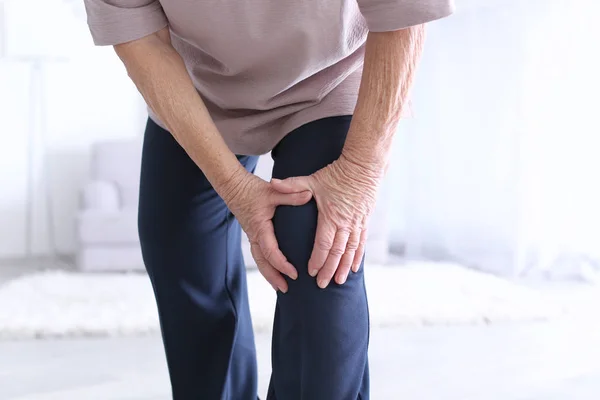 Bruises often look blue. A limb may turn blue or pale if you leave it in one position for too long, but its normal color returns after you move it. What you are looking for is a change in how the area looks (it turns blue or pale) and feels (it becomes cold to the touch), and this change does not go away.
Bruises often look blue. A limb may turn blue or pale if you leave it in one position for too long, but its normal color returns after you move it. What you are looking for is a change in how the area looks (it turns blue or pale) and feels (it becomes cold to the touch), and this change does not go away.
Pain in children under 3 years
It can be hard to tell how much pain a baby or toddler is in.
- Severe pain (8 to 10): The pain is so bad that the baby cannot sleep, cannot get comfortable, and cries constantly no matter what you do. The baby may kick, make fists, or grimace.
- Moderate pain (5 to 7): The baby is very fussy, clings to you a lot, and may have trouble sleeping but responds when you try to comfort him or her.
- Mild pain (1 to 4): The baby is a little fussy and clings to you a little but responds when you try to comfort him or her.
Pain in children 3 years and older
- Severe pain (8 to 10): The pain is so bad that the child can’t stand it for more than a few hours, can’t sleep, and can’t do anything else except focus on the pain.
 No one can tolerate severe pain for more than a few hours.
No one can tolerate severe pain for more than a few hours. - Moderate pain (5 to 7): The pain is bad enough to disrupt the child’s normal activities and sleep, but the child can tolerate it for hours or days.
- Mild pain (1 to 4): The child notices and may complain of the pain, but it is not bad enough to disrupt his or her sleep or activities.
Symptoms of infection may include:
- Increased pain, swelling, warmth, or redness in or around the area.
- Red streaks leading from the area.
- Pus draining from the area.
- A fever.
Certain health conditions and medicines weaken the immune system’s ability to fight off infection and illness. Some examples in adults are:
- Diseases such as diabetes, cancer, heart disease, and HIV/AIDS.
- Long-term alcohol and drug problems.
- Steroid medicines, which may be used to treat a variety of conditions.
- Chemotherapy and radiation therapy for cancer.

- Other medicines used to treat autoimmune disease.
- Medicines taken after organ transplant.
- Not having a spleen.
With severe bleeding, any of these may be true:
- Blood is pumping from the wound.
- The bleeding does not stop or slow down with pressure.
- Blood is quickly soaking through bandage after bandage.
With moderate bleeding, any of these may be true:
- The bleeding slows or stops with pressure but starts again if you remove the pressure.
- The blood may soak through a few bandages, but it is not fast or out of control.
With mild bleeding, any of these may be true:
- The bleeding stops on its own or with pressure.
- The bleeding stops or slows to an ooze or trickle after 15 minutes of pressure. It may ooze or trickle for up to 45 minutes.
Shock is a life-threatening condition that may quickly occur after a sudden illness or injury.
Adults and older children often have several symptoms of shock.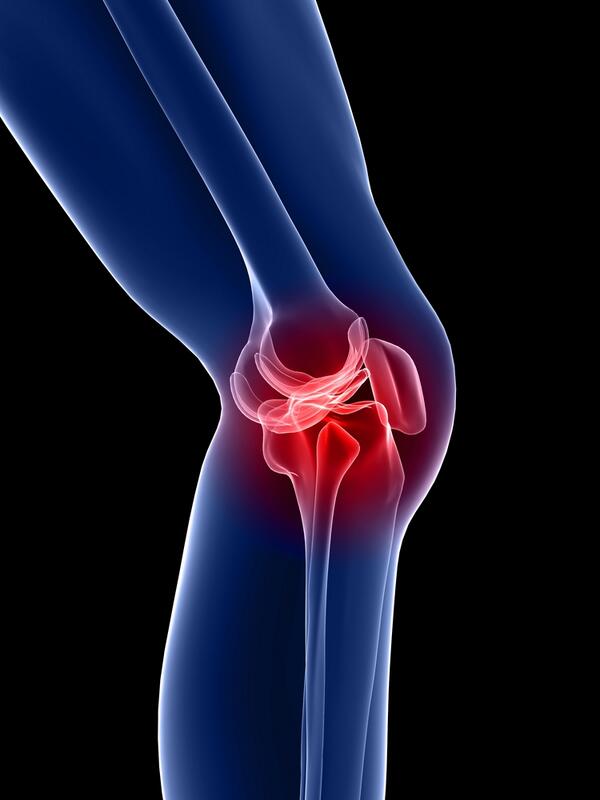 These include:
These include:
- Passing out (losing consciousness).
- Feeling very dizzy or lightheaded, like you may pass out.
- Feeling very weak or having trouble standing.
- Not feeling alert or able to think clearly. You may be confused, restless, fearful, or unable to respond to questions.
Shock is a life-threatening condition that may occur quickly after a sudden illness or injury.
Babies and young children often have several symptoms of shock. These include:
- Passing out (losing consciousness).
- Being very sleepy or hard to wake up.
- Not responding when being touched or talked to.
- Breathing much faster than usual.
- Acting confused. The child may not know where he or she is.
Seek Care Now
Based on your answers, you may need care right away. The problem is likely to get worse without medical care.
- Call your doctor now to discuss the symptoms and arrange for care.
- If you cannot reach your doctor or you don’t have one, seek care in the next hour.

- You do not need to call an ambulance unless:
- You cannot travel safely either by driving yourself or by having someone else drive you.
- You are in an area where heavy traffic or other problems may slow you down.
Make an Appointment
Based on your answers, the problem may not improve without medical care.
- Make an appointment to see your doctor in the next 1 to 2 weeks.
- If appropriate, try home treatment while you are waiting for the appointment.
- If symptoms get worse or you have any concerns, call your doctor. You may need care sooner.
Seek Care Today
Based on your answers, you may need care soon. The problem probably will not get better without medical care.
- Call your doctor today to discuss the symptoms and arrange for care.
- If you cannot reach your doctor or you don’t have one, seek care today.
- If it is evening, watch the symptoms and seek care in the morning.

- If the symptoms get worse, seek care sooner.
Call 911 Now
Based on your answers, you need emergency care.
Call 911 or other emergency services now.
Sometimes people don’t want to call 911. They may think that their symptoms aren’t serious or that they can just get someone else to drive them. Or they might be concerned about the cost. But based on your answers, the safest and quickest way for you to get the care you need is to call 911 for medical transport to the hospital.
Call 911 Now
Based on your answers, you need emergency care.
Call 911 or other emergency services now.
Put direct, steady pressure on the wound until help arrives. Keep the area raised if you can.
Sometimes people don’t want to call 911. They may think that their symptoms aren’t serious or that they can just get someone else to drive them. Or they might be concerned about the cost. But based on your answers, the safest and quickest way for you to get the care you need is to call 911 for medical transport to the hospital.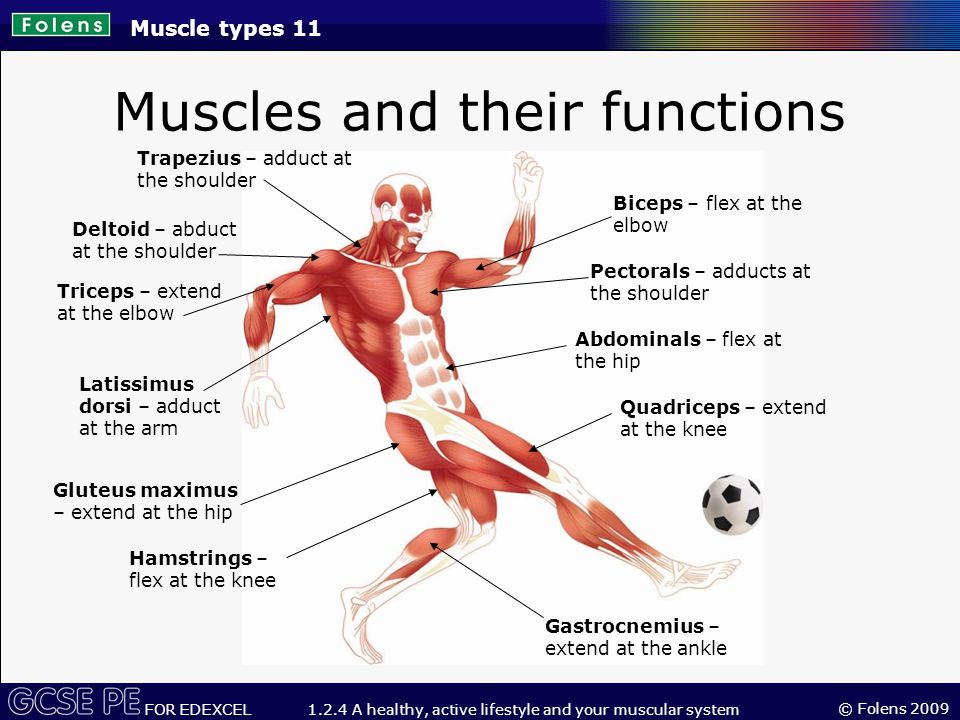
Postoperative Problems
90,000 Knee diseases: symptoms and treatment
The knee joint is formed by three bones – the femur (the one on top), the tibial (below) and the patella itself, which is also called the patella – one of the most unusual bones in the body: it has a rounded shape and is located in the front of the joint. The articular ends of the bones are covered with dense cartilaginous tissue five to six millimeters thick; it minimizes bone friction and provides shock absorption while walking.There are numerous ligaments in the knee joint, and menisci – internal and external. Such a complex structure of the joint makes it difficult to diagnose diseases associated with it: often, to understand what is happening, one X-ray is not enough – other high-tech studies are also required.
Gonarthrosis
The first symptoms of knee arthrosis are pain, crunching and impaired mobility
This eerie term doctors call one of the most common degenerative-dystrophic diseases of the joints – knee arthrosis.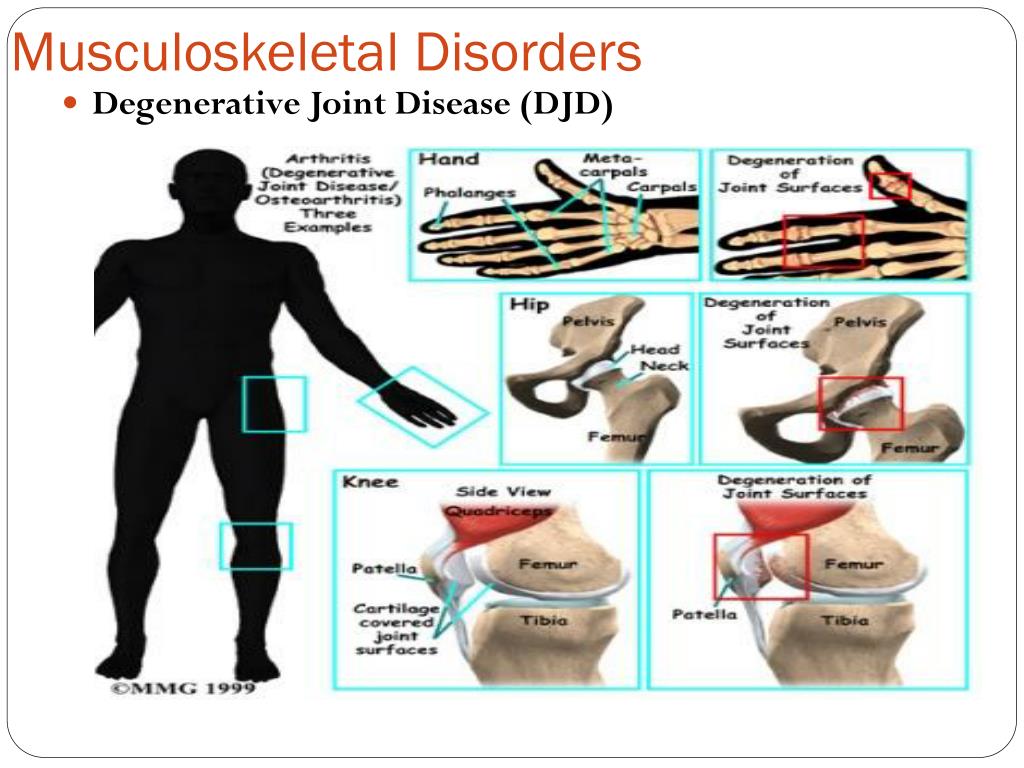 Gonarthrosis affects women more often than men, and overweight more often than thin; in most cases, it manifests itself after 40 years, but it can also develop in young people – especially if they are involved in professional sports or have had knee injuries in the past. The essence of the disease is as follows: the cartilage gradually becomes thinner and the articular ends of the bones begin to rub against each other. As a result, the synthesis of bone substance intensifies, bone growths appear (“thorns”, they are also osteophytes), and an inflammatory process starts in the inner shell of the joint.
Gonarthrosis affects women more often than men, and overweight more often than thin; in most cases, it manifests itself after 40 years, but it can also develop in young people – especially if they are involved in professional sports or have had knee injuries in the past. The essence of the disease is as follows: the cartilage gradually becomes thinner and the articular ends of the bones begin to rub against each other. As a result, the synthesis of bone substance intensifies, bone growths appear (“thorns”, they are also osteophytes), and an inflammatory process starts in the inner shell of the joint.
It all starts with a violation of joint mobility after a long period of inactivity – for example, early in the morning. Later, painful sensations that arise with prolonged physical exertion join. The next stage is a dry, rough crunch in the joint during flexion and extension, as well as “starting pains”: after rest it hurts to walk, the leg does not extend to the end; joint swelling may occur. At the last stage, the knee is enlarged and hurts almost all the time, and the pain intensifies as the weather changes.
At the last stage, the knee is enlarged and hurts almost all the time, and the pain intensifies as the weather changes.
A surgeon should be consulted with similar symptoms. If you suspect arthrosis of the knee joint, you will be referred to an X-ray room for a front and side view of the knee. Treatment in the early stages is reduced to the use of non-steroidal anti-inflammatory drugs and chondoprotectors, exercise therapy and physiotherapy; in difficult cases, drugs can be injected into the joint. If conservative therapy has not been successful for a long time or the disease is already severely neglected, knee replacement – endoprosthetics – may be the way out.
Arthritis of the knee joint
If with arthrosis only the joint is affected, then during arthritis, inflammatory processes affect the entire body. And this disease usually starts before the age of 40.
Symptoms are similar to those that occur with arthrosis: pain, crunching in the joint, impaired mobility, stiffness in movements.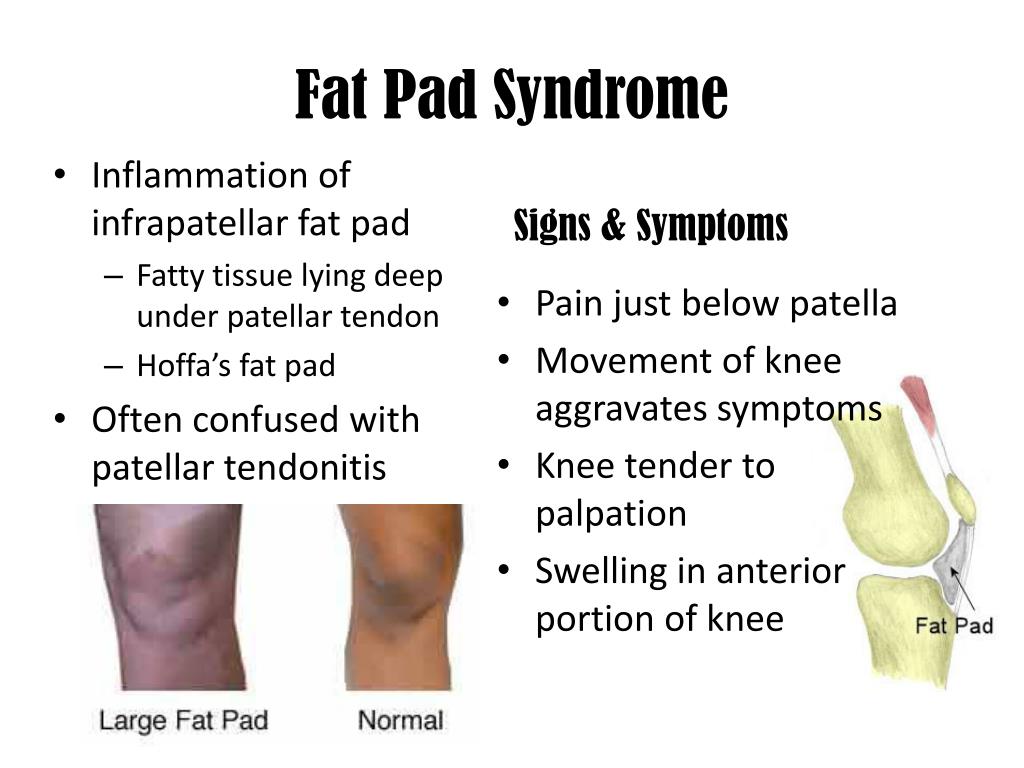 However, there are nuances: for example, pain in knee arthritis does not occur during movements, but at night – most often between three in the morning and five in the morning.Stiffness during arthritis can occur in one joint or throughout the body. The knee joint isn’t just enlarged due to accumulation of serous fluid – it can feel hot to the touch. In addition to joint pain in arthritis of various origins, there may be an increase in body temperature, chills, increased sweating, weakness, weight loss – as well as eye inflammation, psoriasis, and unusual discharge from the genitals.
However, there are nuances: for example, pain in knee arthritis does not occur during movements, but at night – most often between three in the morning and five in the morning.Stiffness during arthritis can occur in one joint or throughout the body. The knee joint isn’t just enlarged due to accumulation of serous fluid – it can feel hot to the touch. In addition to joint pain in arthritis of various origins, there may be an increase in body temperature, chills, increased sweating, weakness, weight loss – as well as eye inflammation, psoriasis, and unusual discharge from the genitals.
If a doctor – a general practitioner or surgeon – suspects you have arthritis, you will be given a referral to visit the ultrasound office.An ultrasound scan will show fluid buildup inside the joint. You will also need to donate blood for tests to identify the cause of the disease.
Who will treat arthritis depends on the nature of the disease. If arthritis is infectious, that is, caused by bacteria, then the surgeon will come to grips with you.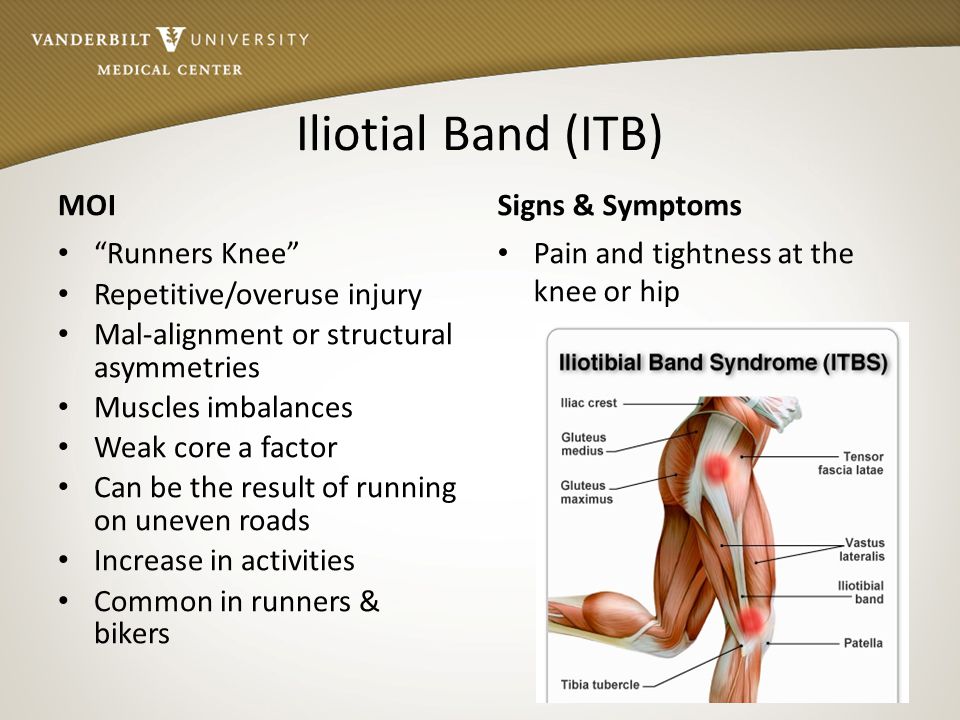 In the case of an autoimmune disease – rheumatoid arthritis – your way is to the rheumatologist’s office.
In the case of an autoimmune disease – rheumatoid arthritis – your way is to the rheumatologist’s office.
Regardless of the cause of arthritic phenomena, you will be prescribed non-steroidal anti-inflammatory drugs – these can be both ointments and drugs for intramuscular, intravenous and intra-articular administration.Also widely used are glucocorticosteroids (hormonal anti-inflammatory drugs) and chondoprotectors, exercise therapy and manual therapy.
Damage to menisci
One of the most common sports injuries that cause severe pain in the knee area is damage to the cartilage pads that act as shock absorbers inside the knee joint: the menisci. If at the moment of injury there was a sharp click, accompanied by severe pain, and then the knee was very swollen, and at the same time the joint seemed to be jammed – neither bend nor unbend, it is time to contact a traumatologist.
Ruptured meniscus is a common injury in athletes
The doctor will certainly prescribe an X-ray to rule out bone fractures, an ultrasound scan so as not to overlook other joint injuries. But the final picture of damage to the meniscus is given only by MRI – magnetic resonance imaging.
But the final picture of damage to the meniscus is given only by MRI – magnetic resonance imaging.
The choice of treatment depends on the type of meniscus injury. In case of partial tear (half of all cases) or pinching, manual reduction, apparatus traction is possible, physiotherapy is indicated; anti-inflammatory drugs work well – both hormonal and non-steroidal.If there is a detachment of a fragment (or fragments) of the meniscus, an operation is needed. In such cases, modern doctors prefer the arthroscopic method – a sparing surgical intervention through punctures. The damaged meniscus is either sutured with special threads, which then dissolve themselves, or, in extreme cases, if there is no other way out, they are removed. The recovery period is short: the operated leg can be stepped on on the day of the operation. True, the joint will have to be preserved for three to four weeks.
Cyst Baker
This disease prefers athletes, the elderly, and those who, being physically unprepared, begin to lift weights; sometimes comes as a complication of gonarthrosis, rheumatism, rheumatoid arthritis.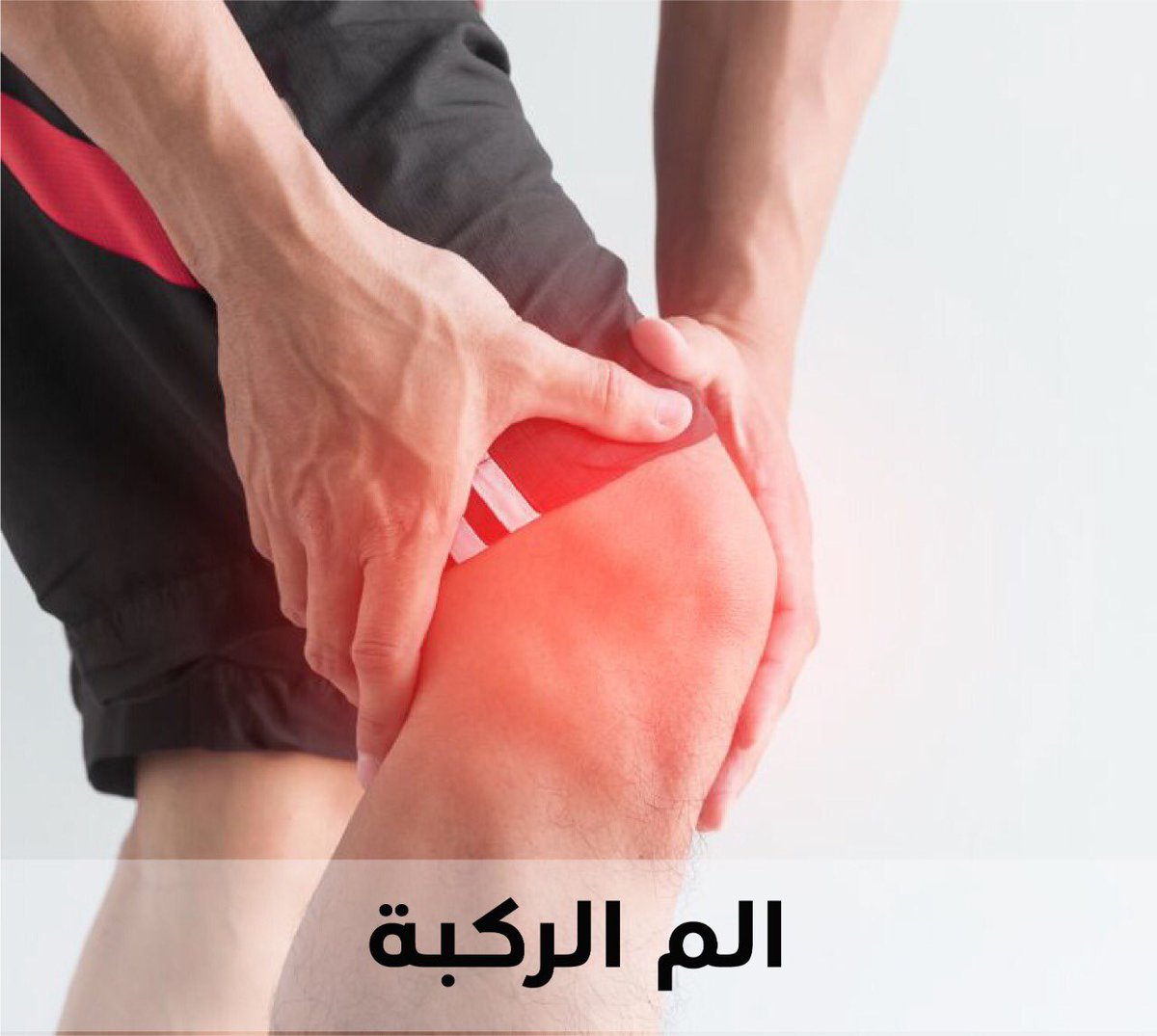 Moreover, now Baker’s cyst is often a payback for a sedentary lifestyle – for example, for too long sitting at the computer. Her insidiousness is that for a long time she makes herself felt with seemingly insignificant symptoms: tingling appears under the knee, cramps may begin when the leg is extended, and it is sometimes difficult to bend or straighten the leg. Something similar occurs if you just sit a leg. If a fever joins, and the joint swells and loses mobility, they often sin on the flu.However, if, in addition to everything, a dense round tumor with a size of two centimeters or more is felt on the back surface of the knee joint, it makes sense to consult a surgeon.
Moreover, now Baker’s cyst is often a payback for a sedentary lifestyle – for example, for too long sitting at the computer. Her insidiousness is that for a long time she makes herself felt with seemingly insignificant symptoms: tingling appears under the knee, cramps may begin when the leg is extended, and it is sometimes difficult to bend or straighten the leg. Something similar occurs if you just sit a leg. If a fever joins, and the joint swells and loses mobility, they often sin on the flu.However, if, in addition to everything, a dense round tumor with a size of two centimeters or more is felt on the back surface of the knee joint, it makes sense to consult a surgeon.
Baker’s cyst is formed due to the accumulation of excess synovial fluid, which serves as a lubricant for the inner surface of the joint. Growing up, it begins to put pressure on the nerves and blood vessels, so that a neglected disease leads to stagnation of blood in the leg – and this is fraught with a variety of complications, from varicose veins to osteomyelitis and trophic ulcers.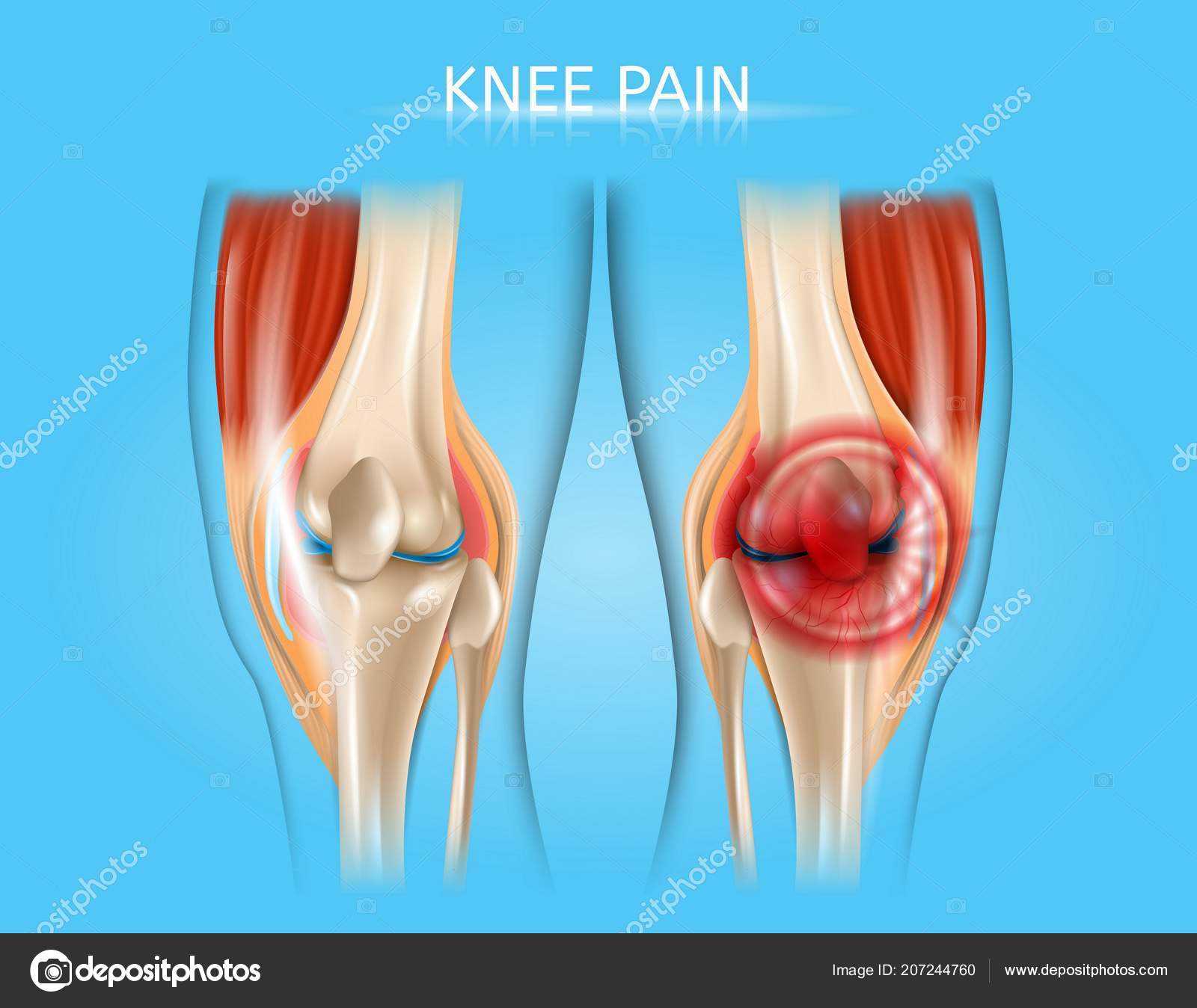 If the cyst ruptures, its contents will be in the calf muscle, which will lead to inflammation of the muscle tissue.
If the cyst ruptures, its contents will be in the calf muscle, which will lead to inflammation of the muscle tissue.
Diagnosis is by ultrasound and MRI. Treatment often boils down to drainage – sucking fluid with a thick needle and injecting anti-inflammatory drugs. Physiotherapy and exercise therapy are also prescribed. In the absence of results, an operation is indicated – it is performed under local anesthesia and lasts about half an hour.
Periarthritis of the knee joint
Inflammation of the knee tendons and other periarticular tissues; risk group – women after forty.Injuries or hypothermia of the knee, excessive stress on the joint, or, conversely, a sedentary lifestyle can give impetus to the development of the disease. Symptoms are painful sensations that appear while descending stairs or lifting weights. The pain is concentrated on the inner surface of the knee; joint mobility is not impaired, but the quality of life suffers significantly. With advanced periarthritis, chronic fatigue, swelling and redness of the knee appear; elevated temperature may persist. Lack of treatment can lead to atrophy and even complete immobility of the joint.
Lack of treatment can lead to atrophy and even complete immobility of the joint.
Go to an orthopedist or surgeon with these symptoms. If periarthritis is suspected, your doctor will refer you for an x-ray, as well as a CT or MRI. Treatment is conservative: chondroprotectors, anti-inflammatory therapy, physiotherapy – and joint immobilization with an orthosis.
Editorial opinion
The most useful load for the knee joint is one that does not imply sudden movements: swimming, cycling, skiing (classic style), race walking, yoga.But football, volleyball and basketball are not the best options for people with problem joints.
90,000 Knee arthritis – symptoms, treatment and prevention
Views: 48 941
Date of last update: 08/26/2021
Average Read Time: 4 minutes
Contents:
Reasons for the development of arthritis and the appearance of pain in the knee joint
Features of the treatment of arthritis of the knee joint
Prevention of arthritis
Arthritis of the knee joint (or gonarthritis) is accompanied by an inflammatory process of various etiologies. The disease can develop at any age, but is more common after 40 years. Pain is the main symptom of arthritis, and it can be both in motion and at rest. A painful attack can have varying intensity depending on the form of the disease (acute, chronic). Stiffness is also observed (especially in the morning), edema can be observed in the joint area, there is skin hyperemia over the affected area, a local increase in temperature, a decrease in the range of motion.
The disease can develop at any age, but is more common after 40 years. Pain is the main symptom of arthritis, and it can be both in motion and at rest. A painful attack can have varying intensity depending on the form of the disease (acute, chronic). Stiffness is also observed (especially in the morning), edema can be observed in the joint area, there is skin hyperemia over the affected area, a local increase in temperature, a decrease in the range of motion.
Up to table of contents
The reasons for the development of arthritis and the appearance of pain
Arthritis of the knee joint can be an independent pathology (primary arthritis).It most often develops as a result of traumatic injury, infection of an open wound and after surgery. Secondary arthritis of the knee joint develops against the background of systemic diseases (psoriasis, rheumatism, gout).
The following factors predispose to the development of the disease:
- hypothermia or frostbite
- overweight
- increased mechanical load with support on the knee joints (lifting and carrying weights, increased physical activity, including sports loads
- knee injuries and surgical interventions
- hereditary tendency to this pathology
- metabolic disorders or endocrine system disorders
- Use of uncomfortable high-heeled shoes
The appearance of pain in the knee joint is an alarming sign that requires a comprehensive examination. If specialists diagnose arthritis, treatment should be started as soon as possible, with increased emphasis on preventing frequent exacerbations.
If specialists diagnose arthritis, treatment should be started as soon as possible, with increased emphasis on preventing frequent exacerbations.
Up to table of contents
Peculiarities of treatment in adults
Treatment of knee arthritis is within the competence of a qualified specialist (rheumatologist, orthopedist).
Treatment of arthritis of the knee joint, like arthritis of any other localization, must be comprehensive. Typically, therapy for knee arthritis includes medications, physical therapy, exercise therapy, knee massage without exacerbation, and lifestyle revisions.Non-steroidal anti-inflammatory drugs can be prescribed as pain relievers and anti-inflammatory drugs.
Changing the lifestyle with arthritis of the knee joints consists in losing weight, following a diet, giving up bad habits, adequate physical activity, establishing the correct regime of work and rest. It is worth remembering that increased body weight significantly increases the load on the inflamed knee joints and that is why it is recommended to gradually reduce weight, expanding the mode of physical activity and following a diet.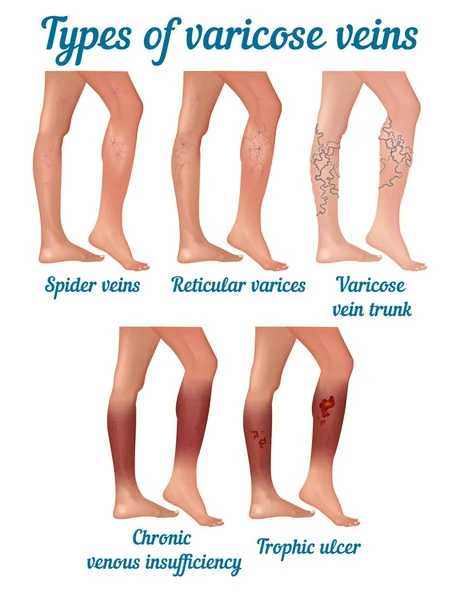
Surgical methods for the treatment of arthritis are used when drug therapy is ineffective.
It is worth remembering that it is not possible to completely cure chronic arthritis, but thanks to correctly selected therapeutic procedures and drug treatment, it is possible to reduce the manifestation of arthritis symptoms, including removing pain, which, in general, will help to lead a relatively active life. Therefore, you should start treatment as early as possible and follow all the doctor’s recommendations.
Up to table of contents
Prevention of arthritis
To prevent the development of arthritis and new relapses, it is recommended to adhere to the following rules:
- Limit the stress on your knees during work or sports, giving preference to workouts that do not stress the knee joints;
- gradually reduce excess weight;
- Avoid prolonged static stress, hypothermia and overload;
- Treat injuries, sprains, ligament ruptures and infectious and inflammatory diseases in time;
- Warm up before each workout using walking and stretching exercises in the anterior and posterior thigh groups.

Up to table of contents
The information in this article is for reference only and does not replace the professional advice of a physician. Consult a qualified professional for diagnosis and treatment.
90,000 Treatment of inflammatory diseases of the knee joint in Germany
Sven Rogmans, traumatologist, orthopedist
Specializes in the following areas: orthopedics, traumatology, specialized accident surgery, treatment of various types of especially severe injuries.
More about the specialist →
Inflammatory diseases of the knees are characterized by the development of an infectious or other inflammatory process in the joint. These pathologies include:
- Arthritis;
- Synovitis;
- Bursitis;
- Tendinitis;
- Cyst Baker.
Arthritis
Inflammation of the knee joint due to bacterial infection or immune system disorders (rheumatoid arthritis).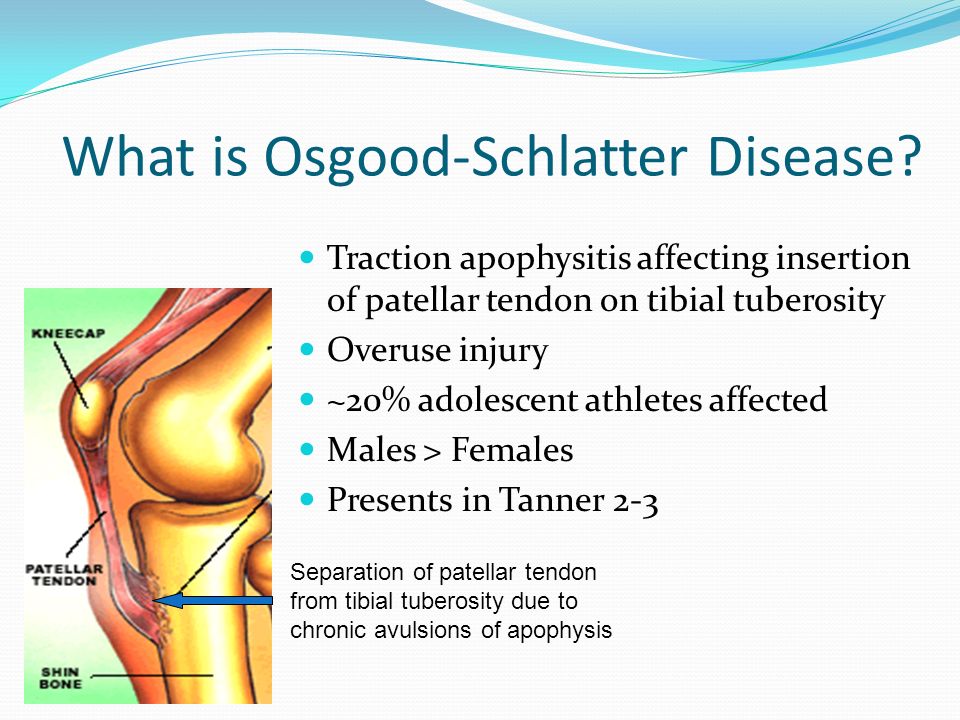 It develops slowly and, if untreated, can become chronic.
It develops slowly and, if untreated, can become chronic.
Rheumatoid arthritis is one of the most common inflammatory rheumatic diseases and most often affects women. It usually occurs in old age, although it can occur in young people and even in children.
Causes of arthritis
As already noted, the causes are bacterial infections or disorders of the immune system. In the latter case, we are talking about an autoimmune disease in which the immune system attacks the cellular structures of its own body, considering them foreign.Nonbacterial arthritis can be caused by conditions such as psoriasis or gout. It is assumed that these forms of the disease may be due to a genetic predisposition.
Infection with bacterial arthritis can be caused by disease or brought in by injury, surgery, injection.
Arthritis symptoms
In this case, as a rule, we are talking about paroxysmal pain, which usually occurs at night or in the morning. In this case, there is swelling, heating and redness in the area of inflammation.Pain is often accompanied by general malaise and even fever. Under load, the pain increases significantly. Swelling of the knee is caused by inflammation of the synovium. In this case, the subcutaneous seals on the back of the knee are clearly palpated. At an advanced stage of the disease, there is a significant reduction in joint mobility.
In this case, there is swelling, heating and redness in the area of inflammation.Pain is often accompanied by general malaise and even fever. Under load, the pain increases significantly. Swelling of the knee is caused by inflammation of the synovium. In this case, the subcutaneous seals on the back of the knee are clearly palpated. At an advanced stage of the disease, there is a significant reduction in joint mobility.
Diagnosis of arthritis
If arthritis is suspected, first of all, a blood test is performed to determine the indicators of infection, X-rays are taken to detect changes and deformities of the knee joint.
Knee arthritis treatment in Germany
The first goal of therapy is to stop the inflammation process. To prevent the development of damage to the affected joint, drug therapy is performed. It is important to start treatment as early as possible in order to prevent the transition of the disease to the chronic stage.
For bacterial arthritis of the knee, arthroscopy is often indicated to remove the inflamed tissue and flush the joint with an antibiotic. In parallel, regular antibiotics are prescribed.
Synovitis
Inflammation of the synovium (the inner layer of the synovial bag).
Causes of the disease
As a rule, synovitis is observed in people whose profession is associated with a long stay in a kneeling position. Frequent overload of the joints, for example, in sports, can also lead to the development of this pathology.
Symptoms of synovitis
The main sign of the development of this disease is severe pain with impaired joint mobility, as well as swelling and redness.The latter symptoms are explained by increased blood circulation in the inflamed structures.
Treatment of knee synovitis in Germany
Therapy consists primarily in the immobilization of the damaged joint. This leads to a rapid decrease in edema and pressure on the surrounding tissue. Cold compresses also help relieve swelling. In addition, anesthetic therapy is prescribed.
If there is no improvement, surgery is required. In this case, arthroscopy is performed, during which mucosal growths are removed, leading to constant irritation and causing an inflammatory process.
Bursitis
Inflammation of the joint capsule. The bursae are small, flat capsules filled with liquid and protect the joint structures from stress and damage. There are nine joint capsules in the knee.
Causes of bursitis
Inflammation of the bursa can be caused by a bacterial infection. In this case, pathogens enter the knee through open injuries or during operations. Infectious or rheumatic diseases can also cause bursitis.But most often the disease occurs when the joint is overloaded.
Bursitis symptoms
Often, inflammation of the joint capsule makes itself felt only after a certain time. At the very beginning, there is a slight burning sensation. But while maintaining the load on the knee, pain and sensitivity to pressure occur more and more often. Swelling and hyperemia of the joint join later.
Treatment of knee bursitis in Germany
When the diagnosis is confirmed, anti-inflammatory and analgesic medications, joint immobilization and cold compresses are prescribed.In the case of a bacterial infection, antibiotics are indicated. With the chronic development of the disease, it is possible to promptly remove the joint capsule. Diagnostics in Germany and consultation with the doctors of the clinic “Nordwest” will help to determine exactly whether an operation is necessary in your case, whether non-invasive methods can be dispensed with.
Tendinitis
Inflammation of the tendons of the knee joint, which, as a rule, is provoked by overloading during sports.
Disease symptoms
The most common symptom of tendinitis is pain that gets worse over time.Increased discomfort occurs when the joint is working, so that even a slight movement causes pain. Often this symptom is observed at night, accompanied by swelling and redness.
Treatment of knee tendonitis in Germany
First of all, rest and cold compresses are required. Using a knee pad may help. In severe cases, your doctor will recommend medication to relieve inflammation and relieve pain. Physiotherapy treatments, such as shock wave therapy, give good results.
Cyst Baker
Occurs when synovial fluid flows into the popliteal fossa, resulting in a fluid-filled capsule. The size of the cyst can be different, sometimes reaching the size of a fist. The fluid-filled cyst is easily palpable.
Baker’s cyst symptoms
The main symptoms are labored knee movement and pain. The more active the patient is, the more pronounced the symptoms of the disease. In some cases, with small cysts, symptoms may be absent.When a cyst ruptures, fluid is released into the surrounding tissue, increasing pain.
Treatment of Baker’s cyst in Germany
In the absence of complaints, there is no need for treatment. However, if pain occurs, both conservative and surgical therapy can be indicated. As a rule, taking anti-inflammatory medications is sufficient. If not successful, removal of the cyst is recommended.
Cost of treatment for inflammatory diseases of the knee joint at Nordwest Clinic
Treatment of joints in Germany is carried out under the strict supervision of professional doctors of the clinic “Nordwest”.Effective diagnostics of knee pathologies helps to quickly and accurately determine the source of pain and inflammation, as well as quickly eliminate it using modern methods of therapy. The cost of treatment depends on the degree of complexity of the disease and the characteristics of the recovery scheme, which can include both conservative approaches and surgical intervention.
90,000 Causes of Schlatter’s disease, risk factors, clinical manifestations
Symptoms and treatment of Schlatter’s disease
Schlatter’s disease (Osgood-Schlatter) is a pathology of the musculoskeletal system, characterized by the destruction of the tibial nucleus.Most often, the disease is diagnosed in adolescents who are actively involved in sports. Football, volleyball, basketball, weightlifting, artistic gymnastics, athletics, ballet and figure skating are sports that can provoke knee disease in adolescents. In boys, the disease occurs three times more often than in girls.
Causes of Schlatter’s disease:
- intense physical activity;
- “Chronic” microtrauma of the knee joint.
90,091 knee injuries;
As a result of constant overload and frequent injuries of the knee, there is a violation of blood circulation in the area of the tuberosity of the tibia, small hemorrhages are noted, and a rupture of the patellar fibers.
Schlatter’s disease in adults
The disease in adults is rarely diagnosed. Clinical manifestations: severe pain and swelling under the knee joint, a slight increase in temperature, limitation of mobility. Without proper treatment, bony overgrowth can develop on the front of the leg.The disease does not have an acute onset and pronounced symptoms. Scientists believe that the main cause of the disease in adults is heredity. It is assumed that the disease is transmitted in an autosomal dominant manner. However, this is only a hypothesis.
Symptoms of Schlatter’s disease
An early symptom of pathology is knee pain. At the initial stage, it is not pronounced and, as a rule, appears after intense prolonged exertion. However, over time, the pain intensifies, swelling appears and it becomes difficult for a person to perform even the usual movements.Late symptoms of Schlatter’s disease:
- persistent edema;
- swelling in the knee joint;
- sharp pain with minor physical exertion;
- inability to fully bend-unbend the knee.
The disease is a chronic pathology with pronounced periods of exacerbation.
Diagnostics
The main role in the diagnosis is played by radiography of the knee joint, which the doctor will prescribe after examining the patient and taking anamnesis.For maximum completeness of the clinical picture, radiography is performed in different projections.
Additional examinations – computed tomography, magnetic resonance imaging, ultrasound of the knee joint, densitometry to assess bone density. Laboratory tests – complete blood count, blood test for rheumatoid factor, blood test for C-reactive protein.
Differential diagnosis of this disease must be carried out with syphilis, tuberculosis, with a fracture of the tibia and osteomyelitis.If you suspect Schlatter’s disease (there is pain in the knee joint), you can use a special form on our website Dobrobut.com and sign up for an examination right now.
Treatment of Schlatter’s disease
The therapy is carried out under the supervision of an orthopedist and traumatologist. As a rule, pathology responds well to treatment.
Schlatter’s disease is treated according to the following scheme:
- providing the patient with complete rest;
- prescription of medications;
- selection of physiotherapy procedures;
- recommendations for massage and exercise therapy.
Medicines: non-steroidal anti-inflammatory drugs, pain relievers, muscle relaxants, vitamin D, calcium supplements. Medications are prescribed in short courses in small doses. Long-term treatment – from six months to a year.
Physiotherapy – UHF, magnetotherapy, electrophoresis with lidocaine, calcium or nicotinic acid, laser therapy.
Massage and physiotherapy exercises. Massage with anti-inflammatory and warming ointments is recommended. The exercise therapy course consists of exercises that help strengthen the knee joint.Physiotherapy exercises will help reduce the stress on the inflamed area and avoid many of the consequences of Schlatter’s disease.
In severe cases with severe destruction, doctors recommend surgery. Indications for surgery are the presence of complications and a long course of the disease.
Disease prevention, prognosis
The implementation of simple recommendations of specialists will help prevent illness and maintain joint mobility for a long time.
Disease prevention:
- avoid injury;
- to use protective knee pads;
- gradually increase physical activity;
- for prophylaxis in the autumn-spring period, take vitamin and mineral complexes.
The prognosis of the disease with timely access to medical care is favorable. In severe cases, after a course of conservative treatment, patients may have a bone growth under the patella. 90,000 Knee gonarthrosis – diagnosis, treatment and surgery in St. Petersburg, price
A disease of non-infectious origin, in which, first of all, the hyaline cartilage of the knee joint suffers, which over time is destroyed and ceases to function, which further leads to destruction in other components of the joint and leads to its deformation.
This degenerative-dystrophic disease, as a rule, occurs in women after 40 years, but men, especially those who are prone to overweight, prone to frequent hypothermia, engaged in active sports, or as a result of injury, can also suffer.
Among all arthrosis, gonarthrosis of the knee joint is the most common.
There is an opinion that the cause of gonarthrosis is the deposition of salts in the joint.This opinion is absolutely wrong and the deposition of salts is rather a secondary process and is the cause of painful sensations during the development of the disease and is localized in the places of attachment of tendons and ligaments. Prevention plays an important role in the prevention of the disease.
Anatomy of the knee joint
The knee joint consists of two surfaces, which are formed by the tibia and femur. In front, the knee joint protects the patella, which moves between the condyles of the femur.The fibula is not involved in the formation of the knee joint and, in essence, does not bear any functional load, due to which, it is often used for the reconstruction of other bone elements in the body.
All articular surfaces: the tibia, femur and the inner surface of the patella are lined with hyaline cartilage, which is very smooth in texture, has a high degree of strength and elasticity, the thickness of this dense and elastic structure reaches 5-6 mm.Cartilage absorbs cushioning during physical activity, prevents friction and softens shocks.
Classification of gonarthrosis
From the point of view of origin, gonarthrosis can be classified into primary, manifestation, which occurs without injury, and into secondary development, which is provoked by trauma, disease or developmental pathology and is often found as one-sided. In this case, the first type of gonarthrosis, as a rule, occurs in elderly people and is rarely unilateral.
In its development, arthrosis of the knee joint goes through the following stages:
The first stage of gonarthrosis – does not cause significant suffering to the patient, is characterized by intermittent aching or constricting pain, especially after heavy physical exercise, or directly loading the knee joint. The so-called symptom of “starting pain” appears, when the patient rises abruptly, painful sensations arise that gradually pass, but if an increased load on the limb is given, the pains resume.It can manifest itself as a slight swelling that goes away on its own. Rarely, but it occurs, synovitis – fluid accumulates in the articular bag of the knee, due to which the knee area becomes spherical and swollen, movements in the limb are limited. At this stage, there is still no deformation of the joint.
The second stage – the patient begins to be bothered by prolonged and rather severe pains on the front and inside of the joint, even with light loads, but after a long rest, they usually go away.When the joint moves, a crunch is heard, if the patient tries to bend the limb as much as possible, a sharp pain appears. The limitation of the amplitude in the movement of the joint is revealed, and deformity begins to be revealed. Synovitis occurs often, bothers more for a long time, proceeds with a large accumulation of fluid in the joint.
The third stage – gives the patient considerable suffering, painful sensations are constant and disturbing not only while walking, but also during rest and even at night, preventing sleep.The joint is already significantly deformed, the position of the limb becomes X or O-shaped. A waddling gait appears, and often, due to significant deformation, a person cannot not only bend, but completely straighten his leg, as a result of which he has to use a cane or even crutches to walk.
Pathology of gonarthrosis of the knee joint
At the initial, first stage of gonarthrosis, due to the development of a pathological process in the vessels supplying the hyaline cartilage intraosseously, the articular surfaces gradually lose their inherent characteristics.They begin to dry out, lose their smooth texture, cracks are found, due to which the sliding of the articular surfaces is disturbed, they begin to cling to each other, increasing surface defects. Hyaline cartilage dystrophies losing its amortization function due to constant microtraumas.
At the second stage of gonarthrosis, degenerative-dystrophic manifestations increase: the joint space narrows, the articular surfaces flatten, adapting to increasing loads.The part of the bone adjacent to the hyaline cartilage of the joint becomes denser, and osteophytes appear along the edges of it, in the form of an overgrowth of bone tissue in a shape resembling thorns. The knee capsule also undergoes changes, losing its elasticity. The fluid inside the joint becomes thicker and more viscous, altering its nourishing and lubricating properties, which further disrupts the function of the joint. Due to malnutrition, the condition of the hyaline cartilage is further aggravated, it begins to decay, and in some places it completely disappears.As a result of increased friction, degeneration of the knee joint progressively increases, which leads to the third stage of gonarthrosis.
At the third stage of gonarthrosis, there is a pronounced limitation of the range of motion in the joint. The surfaces are significantly deformed, the hyaline cartilage is actually not present, the bones seem to be pressed into each other.
Reasons for the development of gonarthrosis
In essence, it is impossible to determine any single cause of gonarthrosis.Basically, its occurrence is due to a combination of a number of reasons and many internal and external factors.
In 20-30% of cases of gonarthrosis, traumatic injuries of the knee joints or their components (ligaments, tendons, menisci), as well as fractures of the femur or tibia, are provoked. The disease manifests itself, as a rule, 3-5 years after the injury. But there were cases of development of gonarthrosis in the early period (2-3 months).
In some patients, gonarthrosis can be triggered by high physical exertion.Often, active physical activity can provoke the disease, especially after 40 years, when people begin to actively exercise to maintain health and realize the need to lead a healthy lifestyle. Most of all, the load on the joints is during jogging, as well as jumping and squatting.
Excess weight can also lead to gonarthrosis, especially in combination with varicose veins of the lower extremities. The load on the knee joints increases, and microtraumas or even severe injuries of the menisci or ligamentous apparatus of the joint occur.In this case, healing is much more difficult, because it is impossible to quickly lose excess weight in order to relieve the load on the joint.
Various types of arthritis (gouty, psoriatic, rheumatoid, reactive, or with ankylosing spondylitis), some neurological pathologies (spinal cord injuries, traumatic brain injuries and other diseases occurring with impaired innervation of the lower extremities), as well as hereditary diseases, can provoke the development of gonarthrosis. causing weakness of the connective tissue.
Diagnosis of gonarthrosis
To make a diagnosis of gonarthrosis to a patient, a combination of collection of complaints, examination, and X-ray studies is necessary.
An X-ray of the joint is by far the simplest and most easily accessible research method, with the help of which it is possible to diagnose the patient with a sufficient degree of accuracy, observe the development of the process in dynamics and determine the tactics of further treatment. Among other things, an X-ray allows you to make a differential diagnosis, for example, to exclude a tumor process in the bone tissue of the thigh or lower leg, or an inflammatory one.Also, for the diagnosis of gonarthrosis, computed tomography and magnetic resonance imaging are used, which can show changes not only in bone structures, but also in soft tissues.
In old age, certain signs of gonarthrosis are present in everyone, therefore, the diagnosis can be made only after a complete collection of anamnestic data, complaints and visual examination, as well as instrumental research methods.
Treatment of gonarthrosis of the knee joint
When the first signs of knee joint disease appear, it is necessary to consult an orthopedist as soon as possible.At the initial stage of the process, the doctor prescribes drug therapy and complete rest of the affected limb.
After the acute period subsides, an appointment is possible:
90,090 90,091 exercise therapy courses,
At the next stage of treatment, the doctor may prescribe drug therapy, which involves taking chondroprotectors that stimulate metabolic processes in the joint.Sometimes intra-articular injections with hormone-containing drugs are required. If a patient has the opportunity to receive spa treatment, it is recommended to him. Often, to unload the joint, the patient is recommended to use a cane when walking. You can use special orthopedic insoles or orthoses for prevention.
If the patient is diagnosed with the third stage of gonarthrosis, in which its manifestations are most pronounced (pain, impairment or complete lack of functioning of the joint), surgical treatment may be required, consisting in arthroplasty of the knee joint.Rehabilitation measures until the joint function is fully restored, as a rule, from 3 to 6 months, after which the patient can return to a full life.
Prevention
In order to avoid degenerative and destructive changes in the knee joint with age, it is necessary to resort to physical education, wear orthopedic shoes, control body weight, monitor the regimen of rest and stress.
Osteoarthritis of the knee joint | Medical Center MedSwiss
Osteoarthritis of the knee joint (osteoarthritis deformans, DOA) is a systemic degenerative disease of the articular and periarticular tissues.Simply put, it is characterized by wear of the cartilaginous cover of the joint and disruption of the normal anatomical relationships (deformation) of the articular surfaces. The human knee joint is under constant stress, maintaining the weight of the human body and providing a large range of leg movements. This leads to the frequent development of osteoarthritis. With the course of the disease, the cartilaginous cover gradually becomes thinner, its uneven razvlechenie occurs. With further progression, full-thickness chondral defects appear with exposure of the underlying bone tissue of the condyles of the femur and tibia.
The reasons for the development of osteoarthritis are varied. The main risk factors include overweight, smoking, systemic and endocrine diseases (rheumatoid arthritis, gout, diabetes mellitus, etc.), constant heavy physical exertion (for example, professional sports), as well as a history of trauma and orthopedic surgery on the lower limbs.
According to various sources, deforming osteoarthritis affects 7-22% of people. The disease is more likely to affect women 40-60 years old, while 25% of them develop severe functional disorders.However, in recent years, cases of the disease have been observed at a younger age. Also, DOA is often found in elderly people, which is associated with aging of the body and malnutrition of cartilage tissue.
The earliest symptoms of osteoarthritis are pain during exercise and stiffness in the affected joints.
The disease develops gradually. At first, pain appears in the knee joint after a long walk, when walking on stairs and physical exertion. Increased pain in cold and wet weather is characteristic.Over time, they become stronger and become permanent.
Often, the disease develops a reactive non-microbial inflammatory process of the inner lining of the joint (synovitis). In this case, a sharp exacerbation of pain may occur. The knee joint increases in size, swells. Then the process subsides and resumes again under unfavorable conditions. Patients complain of crunching, creaking in the knee joint. On palpation, it is painful, the pain intensifies when trying to displace the patella.
With further progression of osteoarthritis of the knee joint, the walking function is gradually limited. The distance that the patient can walk is reduced. The patient is forced to lean on a cane. In the late stage of the development of the disease, as a result of muscle contraction and shortening, contractures are formed, in which the lower leg is bent at the knee joint. Depending on the larger or smaller lesion, it can be tucked inward or outward; the patient cannot give a normal position to the leg.Ultimately, movements in the knee joint are sharply limited or completely lost.
With the progression of osteoarthritis, not only the cartilage of the joint suffers, but also the rest of the intra-articular anatomical structures. In more than half of patients seeking medical help, it is combined with meniscus tears, less often with damage to the cruciate ligaments. In some patients, the course of deforming arthrosis is accompanied by the formation of free intra-articular bodies.
When examining a patient with osteoarthritis, the most informative are radiographs and magnetic resonance imaging.The images can reveal a narrowing of the joint space and deformation of the articular surfaces. However, information about the degree of thinning of the cartilaginous cover, accompanying damage to the menisci and / or the ligamentous apparatus of the joint can be obtained only by performing MRI.
The existing diagnostic criteria for gonarthrosis, including MRI, have a drawback: a high frequency of potential errors. It is especially great in the early stages. It happens that in the presence of clinical symptoms of osteoarthritis, it was not confirmed even on MRI, but was detected during diagnostic arthroscopy.Obviously, only direct visualization of the articular cartilage can avoid significant errors in diagnosis.
Arthroscopic examination of the knee joint in osteoarthritis reveals softening and degenerative changes in the articular cartilage (chondromalacia) of varying severity:
- I degree – superficial destruction of the articular cartilage;
- II degree – deep destruction of articular cartilage
- III degree – destruction reaching the subchondral bone;
- IV degree – destruction with the formation of a cartilage defect and exposure of the underlying bone.
Fig. 1. Arthroscopic picture of OA I Art. The cartilaginous cover is uneven, degeneratively altered.
Fig. 2. Arthroscopic picture of OA grade II. Disfigurement and cracking of the cartilage is revealed.
Fig. 3. Arthroscopic picture of OA III degree. Deep changes and marked thinning of the cartilage.
Fig. 4. Arthroscopic picture of OA IV Full-layer cartilaginous defect with exposure of the underlying bone.
Treatment of osteoarthritis (deforming arthrosis) pathogenetic. In the early stages of the disease, a complex conservative treatment gives a good effect, including dosed physical activity, courses of physiotherapeutic treatment, non-steroidal anti-inflammatory therapy, a course of chondroprotectors – drugs containing building material for cartilage (chondroitin and glucosamine). Intra-articular administration of hyaluronic acid has a good therapeutic effect in combination with such treatment.However, even such therapy does not always bring significant relief to the patient.
In case of ineffectiveness of conservative treatment, the question of surgical intervention is considered. The most acceptable method is arthroscopy. It is a minimally invasive technique that allows for some knee surgery. Sometimes it is used simply for diagnostic testing.
During arthroscopy, the surgeon performs a thorough diagnosis and examination of all parts of the joint.Depending on the identified violations, therapeutic manipulations are performed. The irregularities of the cartilaginous cover are sanded with a special tool (abrasive chondroplasty), the destroyed fragments of the menisci and intra-articular bodies are removed from the joint. The ultimate goal of arthroscopic surgery for osteoarthritis is to eliminate unstable fragments of the menisci and articular cartilage and create conditions for movement without increased friction of the articular surfaces. Performing arthroscopy in the early stages of the disease is a fairly effective treatment.
No plaster cast or walking on crutches is required after arthroscopy. Moving with full support on the operated limb is possible from the first day. The patient is discharged 2-3 days after the operation. The average duration of inpatient treatment is 4–5 days.
In the early postoperative period, patients are advised to limit physical activity and prolonged walking for 3-4 weeks. Exercises to increase the range of motion are recommended. After 7-10 days, the stitches are removed and a course of physiotherapy is prescribed.In the future, intra-articular injections of hyaluronic acid preparations and the use of chondroprotectors are recommended. Conservative treatment after arthroscopy is aimed at increasing the duration of the effect of the operation and slowing down the processes of joint wear.
Synovitis is a joint disease characterized by inflammation of the synovial (inner) membrane, which is accompanied by excessive accumulation of synovial (intra-articular) fluid.
The synovium is the most sensitive indicator of the condition of the knee joint.There are several types of her lesions:
- Primary synovitis (associated with systemic diseases and metabolic disorders).
- Reactive synovitis (occurs when cartilage or meniscus is damaged).
- Traumatic damage to the synovium.
- Post-traumatic changes in the synovium.
The causes of synovitis of the knee joint can be different:
- Knee injuries, bruises, wounds.
- Arthritis, arthrosis of the knee joint.
- Rheumatism.
- Autoimmune diseases, hemophilia.
- Metabolic disorders, diabetes mellitus, gout.
- Infectious diseases – syphilis, gonorrhea, brucellosis, tuberculosis, as well as viruses (flu, tonsillitis, etc.). The infection can get into the joint with fractures and injuries of the knee, if the rules of care are not followed.
- Reactive synovitis can develop in response to damage to the cartilage, menisci, and ligamentous apparatus.
Also in medical practice there are a number of cases when it was not possible to establish the true cause of synovitis of the knee joint.
The main task of a doctor in treating patients of this group is to search for and establish the cause of inflammation in the joint. Often, the examination is lengthy and is accompanied by consultations from specialists in related specialties (rheumatologist, therapist, urologist, infectious disease specialist).
When a diagnosis of chronic (recurrent) synovitis is established, conservative treatment is indicated, including a course of non-steroidal anti-inflammatory drugs, intra-articular administration of corticosteroids.
This tactic of treatment is possible only in the absence of concomitant traumatic changes in the joint.
Elimination of the causes of synovitis:
- Cartilage damage. Often, degenerative changes in the cartilage of the joint are accompanied by synovitis. Arthroscopic treatment of this pathology is described in detail in the corresponding section.
- Instability. In this case, the restoration of the knee ligaments is shown. The treatment of such patients is described in detail in the section on injury to the cruciate ligaments of the knee joint.
- Free intra-articular bodies. May also cause synovitis. Treatment consists of arthroscopic removal of the intra-articular body.
Arthroscopic synovectomy is indicated when primary synovitis is detected that does not respond to conservative treatment. This operation is aimed at removing a part of the altered synovial membrane with the obligatory sending of the removed tissues for histological and pathological examination. After synovectomy, the patient is recommended to walk on crutches for 4–6 weeks without loading the operated limb.
Habitual (recurrent) dislocation of the patella
Habitual (recurrent) dislocation of the patella is a pathological condition in which there are repeated external (lateral) dislocations of the patella (patella).
Dislocation of the patella that first appeared in a patient is most often the result of an injury – a direct blow or sharp bending in the knee joint. In this case, a rupture of the medial supportive ligament (or medial patellofemoral ligament, MPPS, MPFL) occurs.This structure is responsible for keeping the patella in the correct position. With correct conservative treatment, in most cases, repeated dislocations do not occur. However, if the patient has predisposing factors (for example, dysplasia) or in the absence of proper therapy, a situation may arise when the MPPS ceases to perform its function due to overstretching, which leads to repeated dislocations or subluxations of the patella.
Young girls are most susceptible to habitual dislocations of the patella, however, pathology sometimes occurs in young men.
Pathological mobility and repeated dislocations of the patella lead to significant damage to the cartilaginous cover of the knee joint, which in turn leads to the appearance of persistent pain syndrome and a decrease in the physical activity of patients.
Diagnosis of recurrent patellar dislocation is most often not difficult. The presence of a pronounced fear of repeated dislocation in a patient during stress tests makes it possible to suspect this pathology during a routine examination by an orthopedic traumatologist.Magnetic resonance imaging of the knee is recommended to confirm the diagnosis. On MRI, signs of damage to the MPPS and cartilage cover are revealed, the patella is often in a state of subluxation.
Treatment of habitual patellar dislocation, operative. A patient’s history of only one dislocation of the patella is not yet a reason for surgery, but repeated episodes are a direct indication for surgical stabilization of the patella. Currently, there are a large number of surgeries for the habitual dislocation of the patella.The most modern and effective method is the plastic of the medial patellofemoral ligament (MPFS) in combination with arthroscopy of the knee joint.
An indisputable advantage is the restoration of the normal anatomy of the joint by replacing the lost MPPS with a tendon graft.
Scheme of arthroscopic plastics MPFS
Arthroscopy is a minimally invasive technique that allows for some knee surgeries. After 2 punctures under video control, a visual examination of all parts of the joint is performed, if necessary, the damaged areas of the cartilage are polished.
Then, through 2 additional incisions, a tendon graft is performed and fixed subcutaneously, replacing the lost patellar ligament.
After arthroscopic MPPS plasty, the operated joint is immobilized using an orthopedic splint; the patient is recommended to walk on crutches without loading the operated limb for a period of 3 weeks from the date of surgery. After that, it is possible to move with full axial load in a special orthosis (knee pad) with lateral support.The duration of hospital stay is on average 5–7 days. The stitches are removed on the 10th day after the operation on an outpatient basis. After removing the orthopedic splint, a course of rehabilitation treatment is recommended, including physiotherapy exercises under the supervision of a rehabilitation therapist or exercise therapy doctor, physiotherapy procedures and the use of chondroprotectors. The patient is advised to refrain from sports and heavy physical activity for 6 months after the operation.
Injury to the cruciate ligaments of the knee joint.
Anterior cruciate ligament (ACL) – the main stabilizer of the knee, which keeps the lower leg from displacement anteriorly.
In case of damage (rupture) of the anterior cruciate ligament, pathological anteroposterior mobility occurs, which is accompanied by sensations of instability and pain in the knee joint.
The cause of rupture of the anterior cruciate ligament is most often a sports or household injury associated with rotation of the thigh relative to the lower leg – a turn of the body with a fixed foot.This damage is most typical for injuries sustained during a fall on alpine skiing and during contact and playing sports (wrestling, football, hockey, volleyball, etc.).
A rupture of the anterior cruciate ligament is characterized by a pronounced pain syndrome at the time of injury, swelling of the knee joint on the first day after injury. Often, for the first few weeks, the patient does not notice instability, but in the future it grows, manifesting itself first with sports, and then with everyday household loads.If a person does not receive the necessary treatment for a long time, pathological mobility in the joint leads to the development of osteoarthritis and irreversible changes in the cartilage.
Diagnostics. Anterior cruciate ligament rupture is confirmed by magnetic resonance imaging of the knee. X-ray is not an informative research method in case of ACL rupture, since soft tissues, ligaments and cartilaginous structures are not visible on X-ray images. On MRI it is possible to reveal signs of damage not only to the ACL, but also to the menisci, the cartilaginous cover of the joint.
Treatment of ACL ruptures is only operative. If the patient reveals signs of anteroposterior instability of the knee joint or MRI signs of ACL rupture, arthroscopic plasty of the damaged ligament is indicated.
Scheme of arthroscopic plasty of the ACL
Arthroscopy is a minimally invasive technique that allows you to perform some surgical operations on the knee. After 2 punctures under video control, a visual examination of all parts of the joint is performed, if necessary, resection is performed (i.e.i.e. removal of the damaged part) of the menisci, the damaged areas of the cartilage are polished.
The torn fibers of the damaged ACL are removed from the joint, a tendon graft is carried out through an additionally formed system of bone tunnels to replace the lost anterior cruciate ligament.
Arthroscopic picture of the ACL graft
After arthroscopic plasty of the anterior cruciate ligament, the operated joint is immobilized with an orthopedic splint.The patient is recommended to walk on crutches without loading the operated limb for a period of 3 weeks from the date of surgery. Full axial movement in a knee brace with lateral hinges is possible 3 weeks after surgery. The duration of hospital stay is on average 5–7 days. The stitches are removed on the 10th day after the operation on an outpatient basis. After removing the orthopedic splint, a course of rehabilitation treatment is recommended, including physiotherapy exercises under the supervision of a rehabilitation therapist or exercise therapy doctor, physiotherapy procedures and the use of chondroprotectors.The patient is advised to refrain from sports and heavy physical activity for 6 months after the operation.
The posterior cruciate ligament (PCL) keeps the lower leg from shifting back in the knee joint. Her damage is the result of a serious injury. Rupture and damage to the posterior cruciate ligament occur much less frequently than damage to the ACL.
The diagnosis of PCR damage is made when the patient has clinical signs of posterior instability of the knee joint and when a ligament rupture is confirmed on MRI.
With a confirmed rupture of the PCS, the patient is shown surgical treatment. Plastic surgery of the ACL is also performed arthroscopically, however, it is more laborious than plastic surgery of the ACL.
Plastics scheme ZKS
Damaged fibers are removed under arthroscopic video control. ZKS:
Next, a system of bone tunnels is formed in the femur and tibia:
Next, a tendon graft is carried out into the joint, forming the ZKS:
After the operation, the knee joint is immobilized with a special posterior stabilizing orthopedic splint.
Further terms of rehabilitation and length of hospital stay are the same as in case of damage to the ACL.
The most severe traumatic injuries of the knee joint include a simultaneous rupture of both cruciate ligaments, which leads to a significant limitation of the patient’s physical activity and persistent pain syndrome. In our opinion, the most adequate treatment method is simultaneous arthroscopic plasty of both ligaments.
Arthroscopic picture of the final result of one-stage plasty of both cruciate ligaments
In case of performing ACL and PCL plasty in one stage, the duration of immobilization (immobilization of the joint) and walking on crutches is increased to 6 weeks from the moment of surgery.Otherwise, the terms of treatment and rehabilitation remain the same as for isolated plasty of one of the cruciate ligaments of the knee joint.
90,000 MRI of the knee in Moscow | make an MRI of the knee at an affordable price
What the MRI procedure of the knee shows shows
The doctor will prescribe this examination when good accuracy and information content is needed, and ultrasound and X-ray did not give all the necessary information. MRI is indispensable for the early diagnosis of diseases of the knee joint – they will show pathologies and preconditions for their formation at the preclinical stages – when the patient still does not have obvious complaints and changes in health.MRI of the knee is relatively inexpensive in order to stay healthy and take action without waiting for the development of diseases and their complications.
MRI of the knee joint will show detailed and high-precision information about:
- Ligaments – cruciform, lateral, posterior, intra-articular.
- Meniscus cartilage.
- Muscles and other soft tissues in the joint and periarticular areas.
Readings
The knee joint is one of the most difficult and stressed in humans.He is often injured by falls, professional activities and sports. Diseases such as arthritis, arthrosis and others are not uncommon. At risk:
Elderly people.
Patients with overweight, diabetes mellitus and a number of other diseases.
Athletes – runners, football players, basketball players and others who are involved in sports with a large load on the joint.
MRI of the knee joint to assess the condition of the ligaments and other elements of the joint is prescribed in case of suspicion of:
- Injuries – bruises, tears of ligaments or meniscus.
- Inflammatory processes in the joint – arthritis and periarthritis (inflammation of the ligaments).
- Degenerative-dystrophic changes – arthrosis and others.
- Tumors and other neoplasms in the joint area.
Main symptoms that indicate pathology in the knee:
- Pain when moving or at rest.
- Swelling of the joint, redness of the skin above it, noticeable deformation.
- Decreased range of motion.
- Dry clicks, crunch during flexion-extension of the knee (even if the movement itself remains painless).
- Unstable support on the leg – the knee literally “leaves” to the side under load.
MRI of the knee is used for the primary diagnosis of diseases and injuries of the knee, as well as in planning joint operations (endoprosthetics or surgery for ruptured ligaments or meniscus), evaluating treatment results, monitoring changes in existing chronic diseases of the musculoskeletal system with knee damage.
Preparation and conduct of the study
There is no need for special training to do an MRI of the knee. It is enough to come to the procedure in clothes that have no metal elements and leave personal items in the preparation room: a phone, a watch, keys and other metal and electronic devices that can be damaged by the electromagnetic field of the device.
Have an MRI of the knee, usually prescribed by an orthopedic traumatologist. You can make an examination immediately after consulting a doctor or make an appointment at a convenient time later.
There may be contraindications for the procedure:
- Metal pins or other metallic elements in the body.
- Electronic devices – pacemakers and others.
- Pregnancy in the first trimester.
- Age up to 3 years.
- Mental disorders that will prevent you from remaining motionless during the procedure.
MRI scan will take about 30 minutes or an hour if MRI with contrast is done (the introduction of a special drug that increases the visibility of pathological areas).
The patient’s knee is fixed for immobility with special belts to exclude even minimal leg movements. The procedure is completely painless.
When the pictures are taken, the results are analyzed by a diagnostician. He describes in detail the detected pathologies and issues a conclusion along with a disk with recordings of images. They become the basis for making or clarifying the diagnosis. Based on the results of MRI and other studies (if any), patient complaints and examination results, the attending physician makes a diagnosis and gives recommendations for the treatment and prevention of diseases.

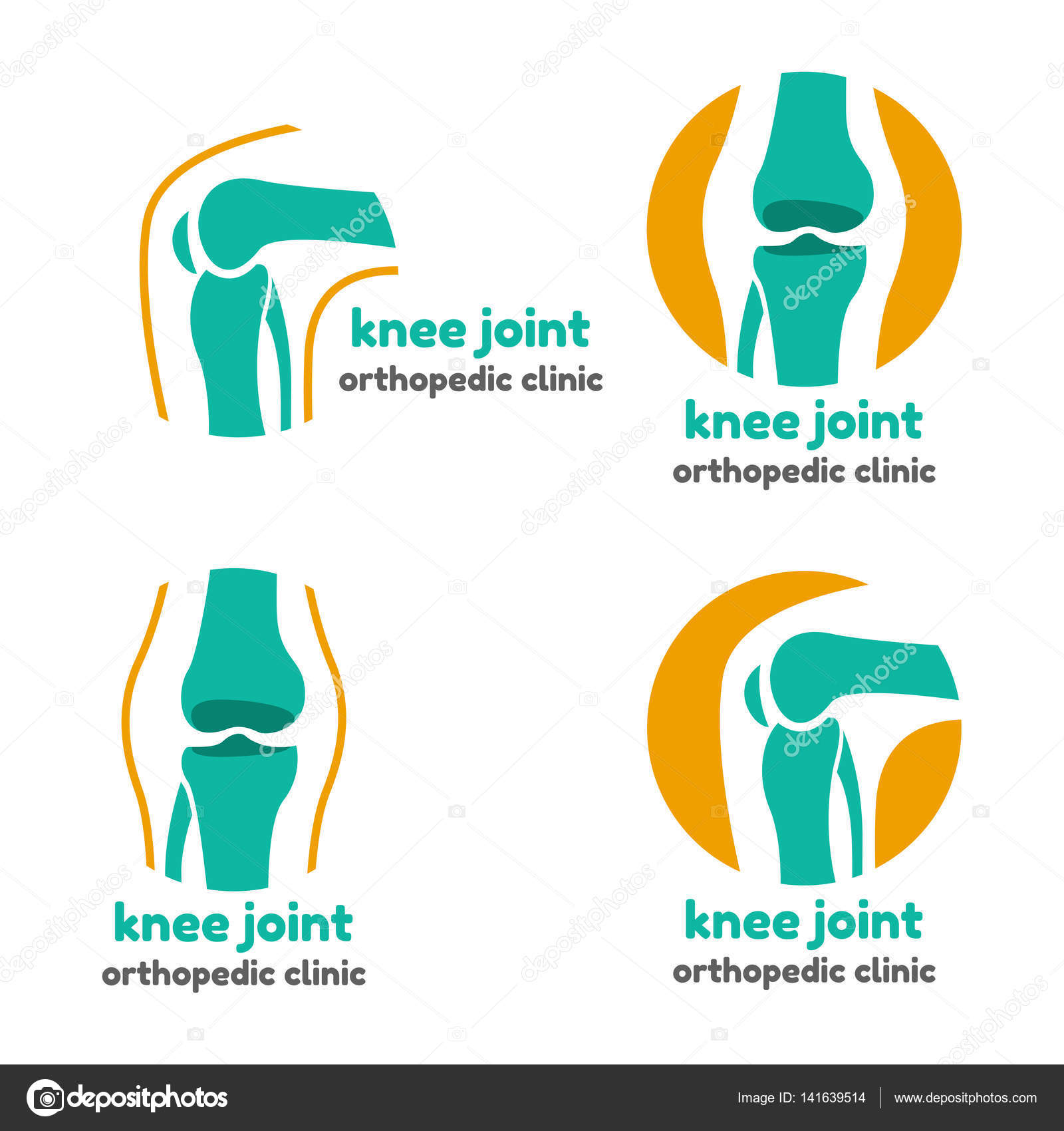 This is the kneecap.
This is the kneecap.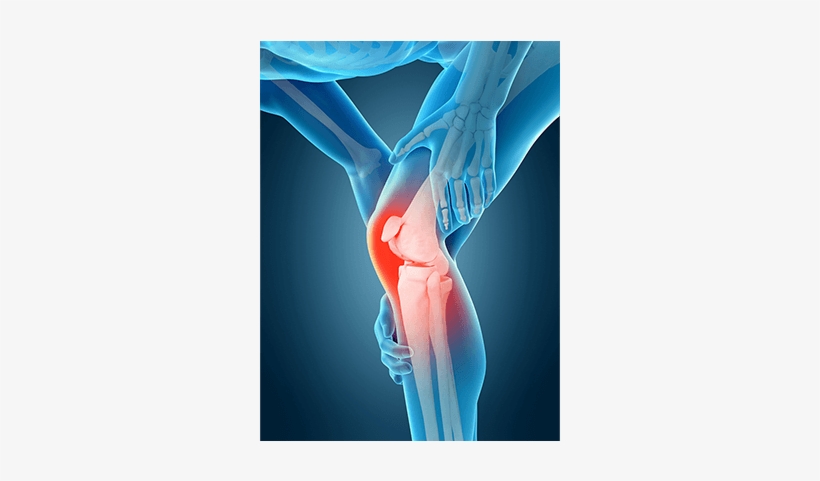
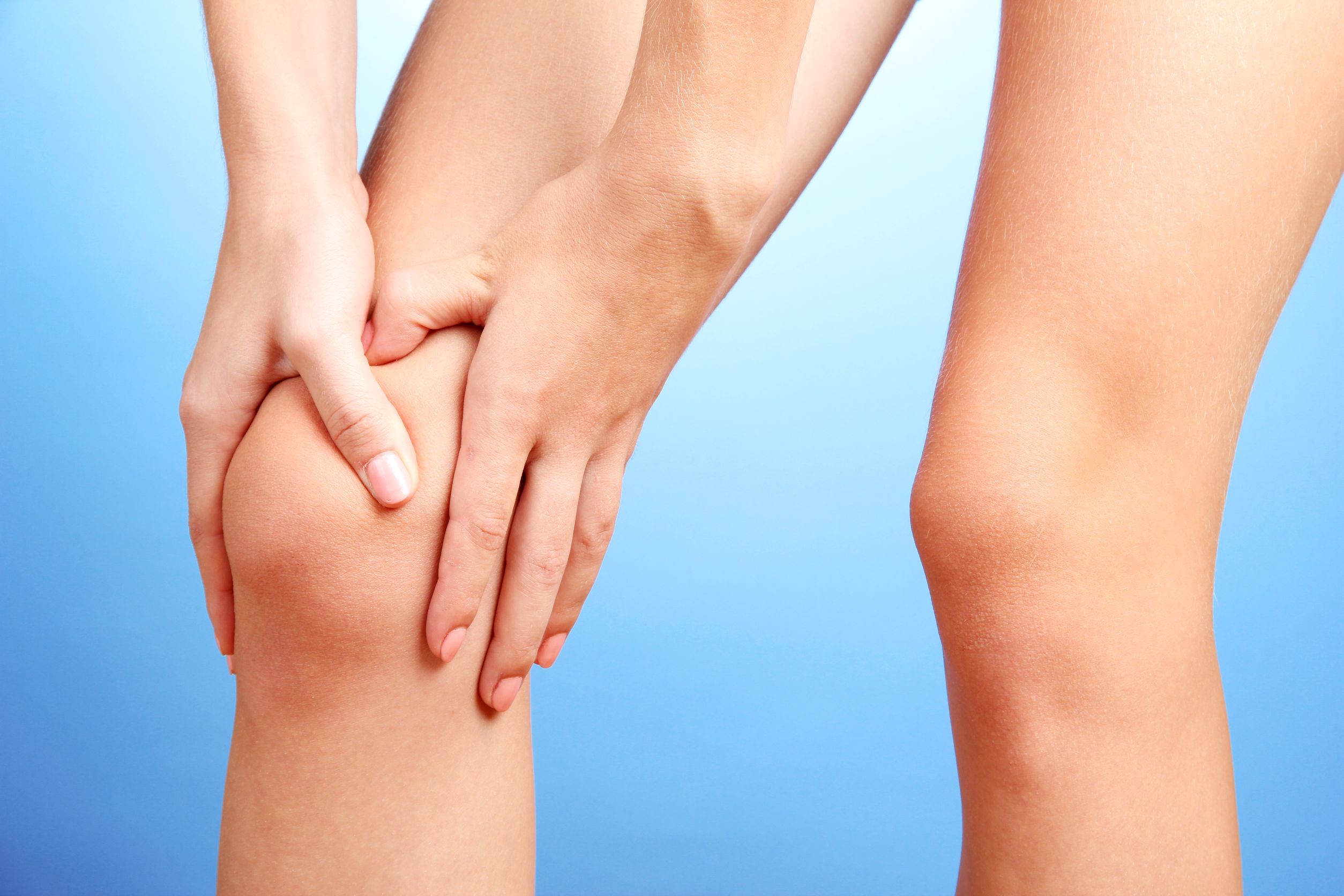
 Even if you have seen several doctors or tried multiple treatments without success, we can help you.
Even if you have seen several doctors or tried multiple treatments without success, we can help you.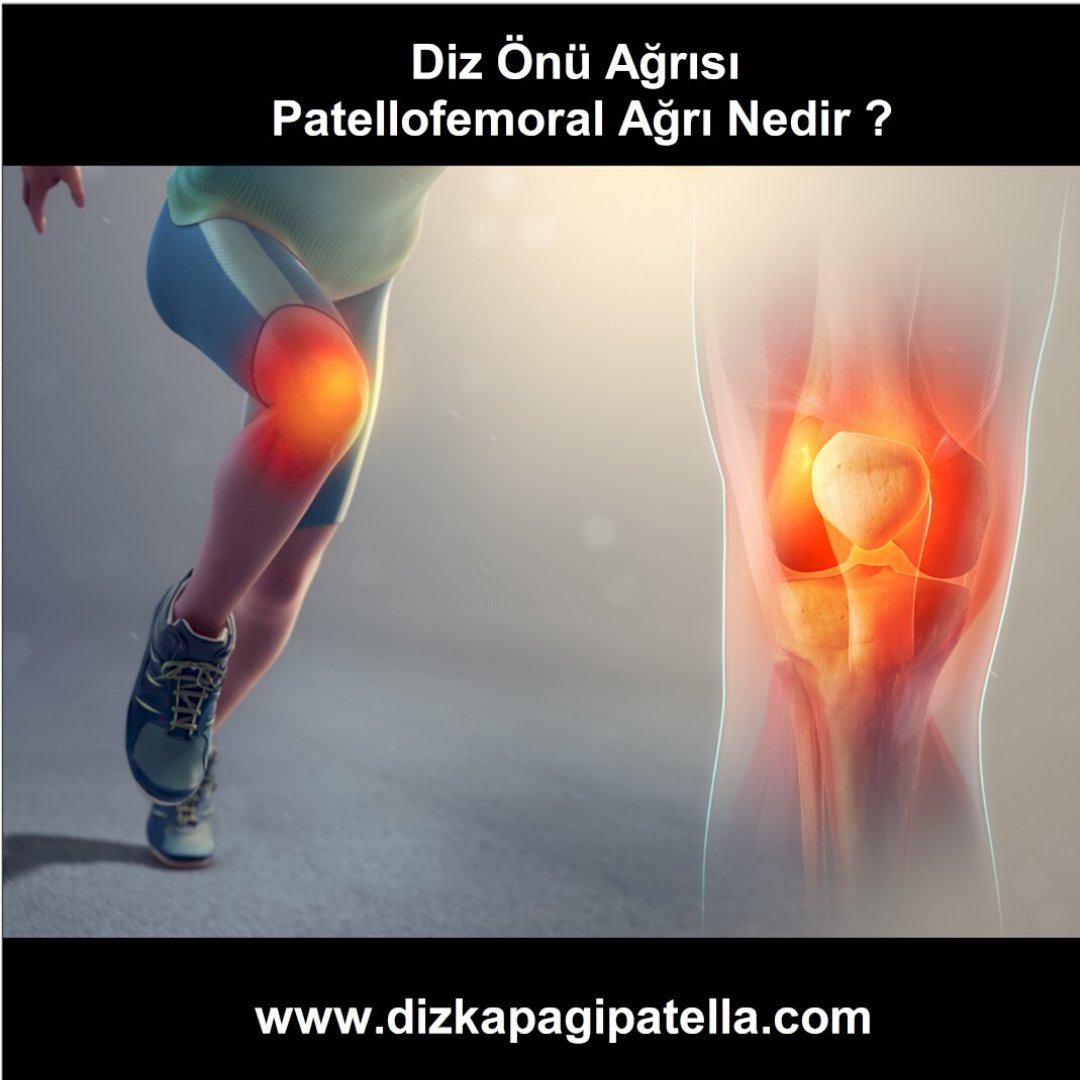 Learn more about X-rays.
Learn more about X-rays.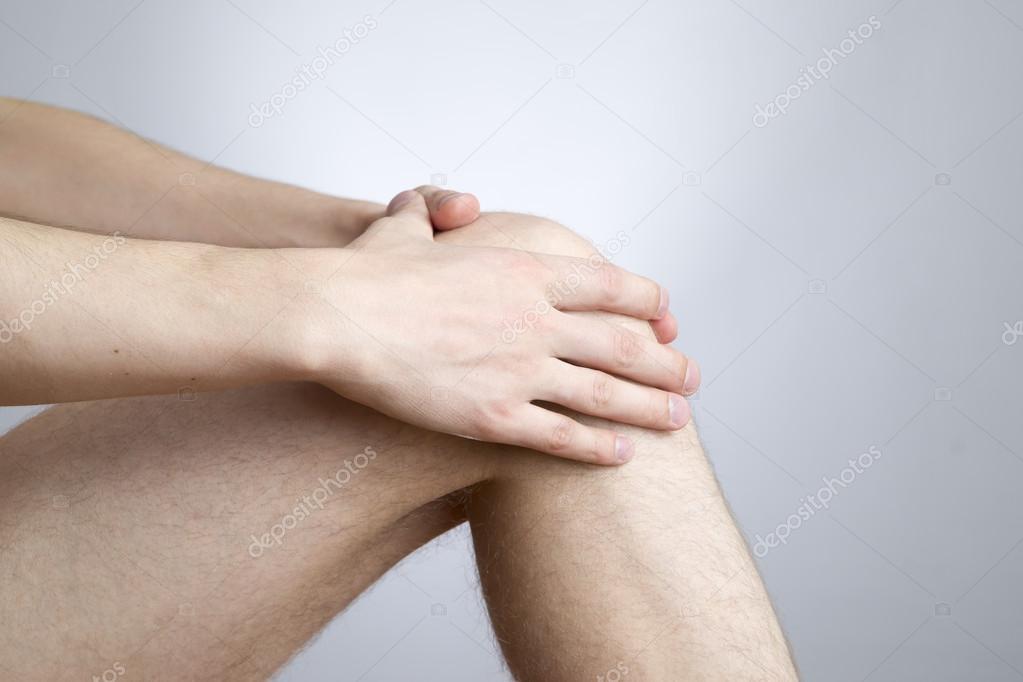
 Find out more about physical therapy.
Find out more about physical therapy. 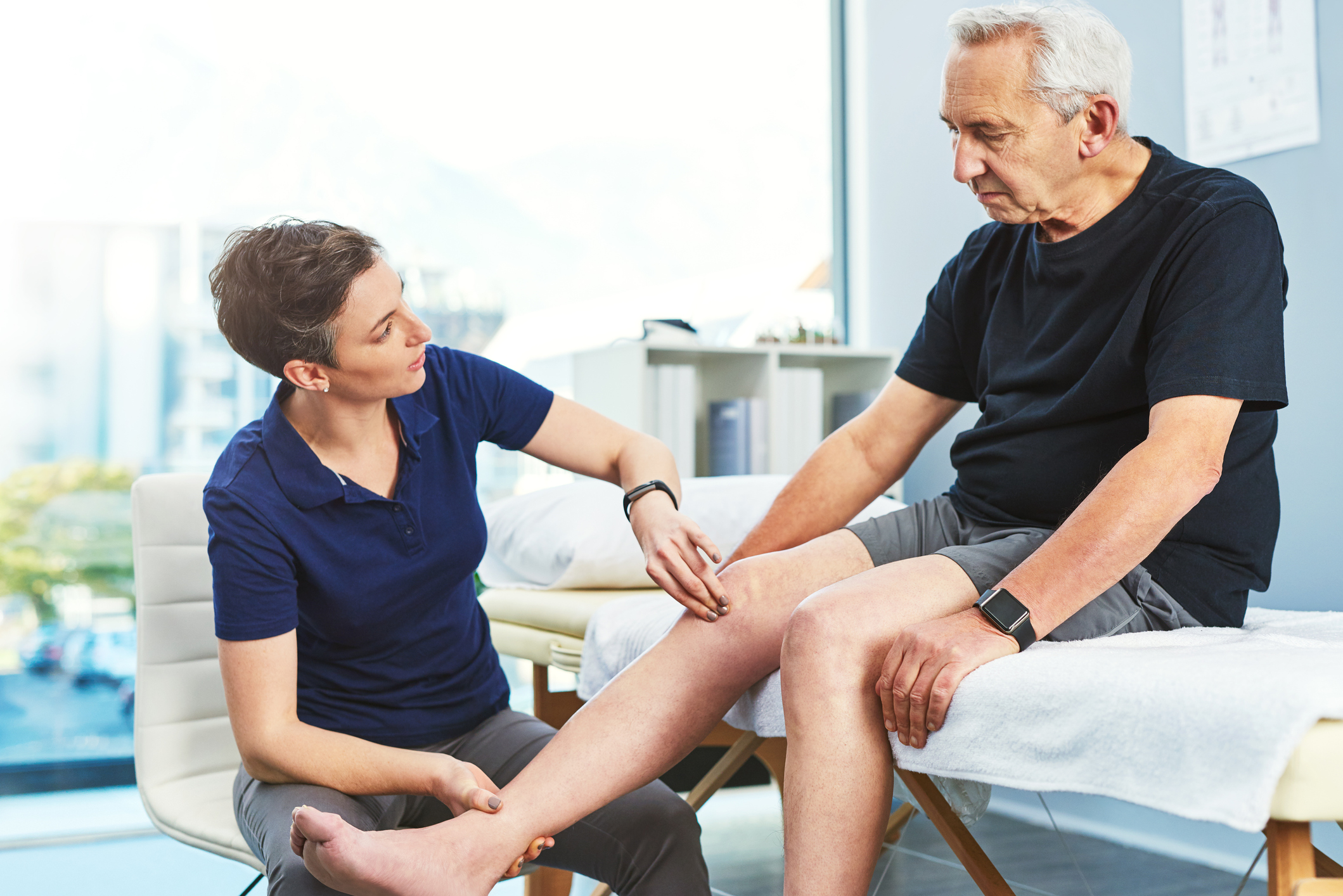
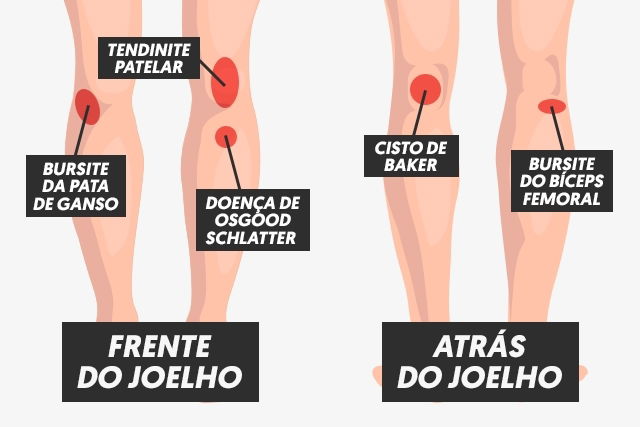 This therapy works by safely and carefully moving injured muscles, bones and joints with the help of stretches and gentle pressure. Learn more about osteopathic manipulation.
This therapy works by safely and carefully moving injured muscles, bones and joints with the help of stretches and gentle pressure. Learn more about osteopathic manipulation.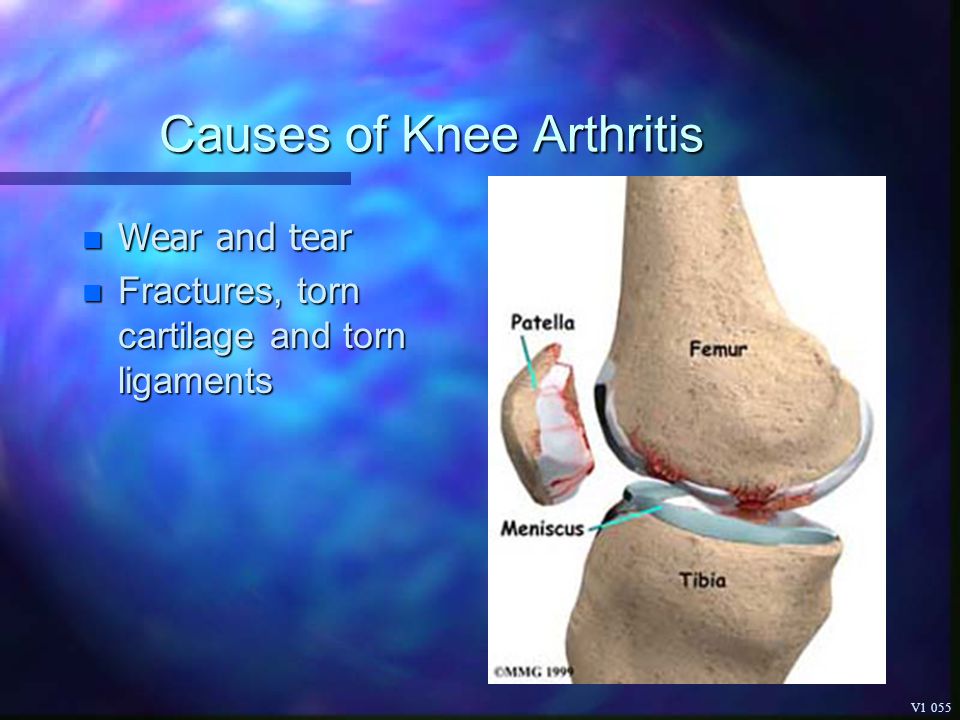
 This condition is more common in males and thought to be due to overuse of the muscles of the thigh.
This condition is more common in males and thought to be due to overuse of the muscles of the thigh.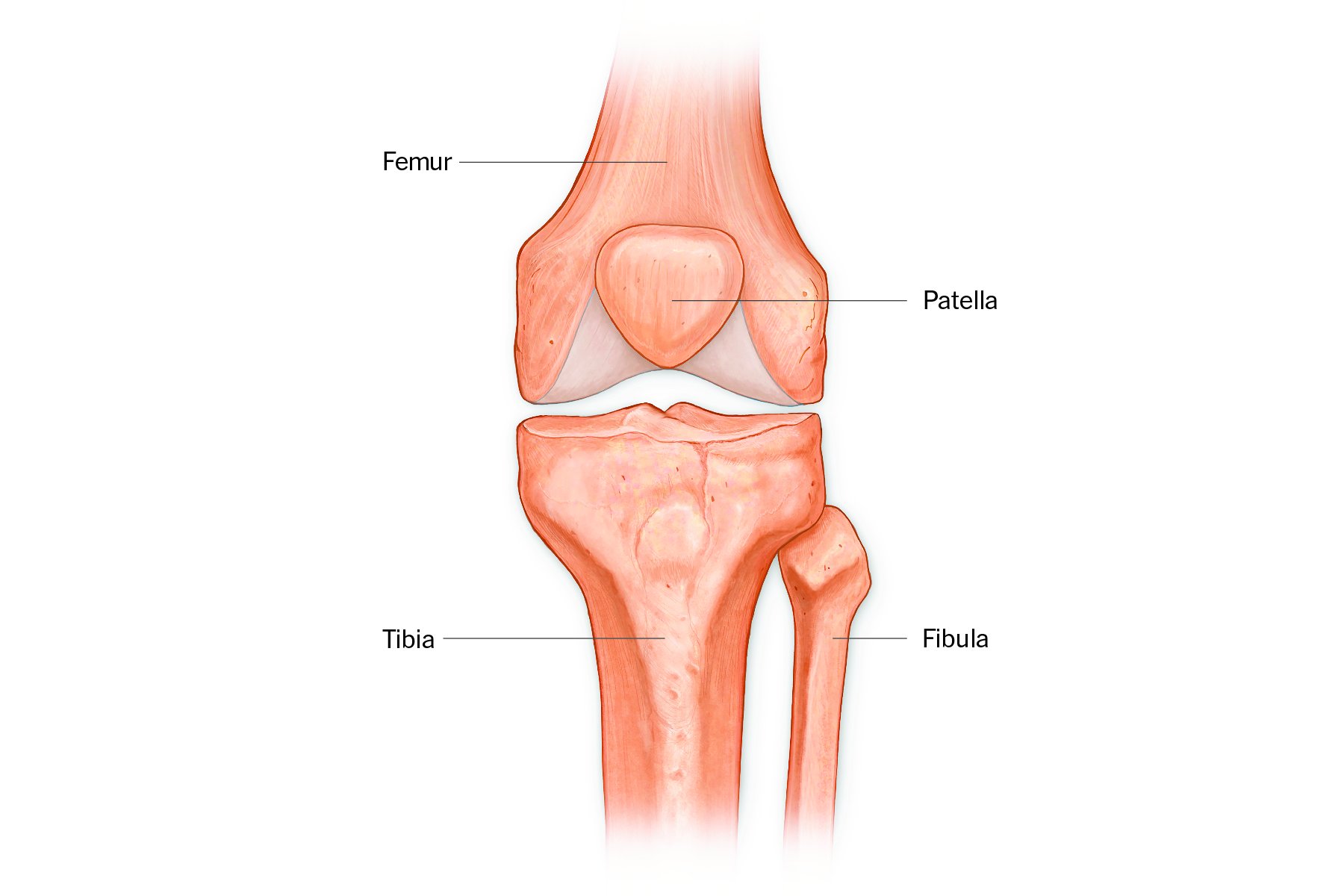




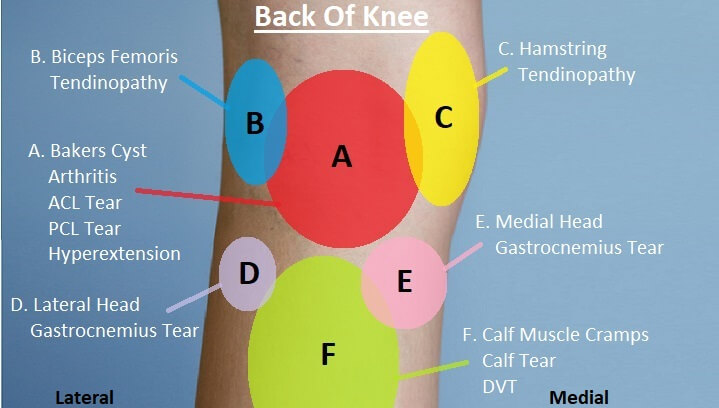



 No one can tolerate severe pain for more than a few hours.
No one can tolerate severe pain for more than a few hours.